Explore the Pacific Coastline of Costa Rica!
Explore the Pacific Coastline of Costa Rica!
–
As much as we recommend to visit the Caribbean Coast, you should definitely not skip the Pacific Coast on your Costa Rica trip. The Pacific Coastline is known for its perfect surfing conditions, beautiful beaches with hundreds of palm trees and amazing National Parks. There are several cities at the Pacific Coast, we liked Uvita the most. Uvita, which belongs to the district Puntarenas, is also the perfect base to explore Manuel Antonio and Marino Ballena National Park, the famous Nauyaka Waterfalls or for starting a Corcovado National Park multi-day trip. We would spend at least 3 nights in Uvita, if you plan to do the Corcovado National Park add at least 2 more nights.
1. Stay in a beautiful resort with beach view in Uvita:
Vista Celestial Boutique Hotel and Yoga Retreats!
Although we stayed in a lot of private rooms in hostels in Costa Rica, we decided to spend 3 nights in this beautiful resort on top of the hill with the perfect view of the Marino Ballena beach. You need a 4×4 car to get up the hill on steep gravel roads to reach the hotel, up there you are rewarded with the best view of the ocean surrounded only by jungle. The hotel has a beautiful restaurant (the meals are delicious!), a pool with a view and a Jacuzzi, a nice fire place, different gardens and a private waterfall. A few meters further down the hill you will find the private villas, all with a private Jacuzzi and a view of the ocean. The villas even have a small kitchen.
From up there you can see the Marino Ballena National Park with the beach formed like a whale at low tide. The hotel also provides a beautiful yoga platform in the jungle and several hiking trails starting behind the villas. In the morning we saw a cute Coatimundi, a coati making sounds like a pig. In the afternoon we saw two colorful Tuscans sitting in the tree in front of our villa. We had a wonderful time at this peaceful resort and felt really close to nature.
2. Marino Ballena National Park
520 meters further down from Vista Celestial Boutique Hotel you will find the incredible and famous Marino Ballena National Park, the famous whale beach. Although you can also see whales here on a boat trip, the beach is called the whale beach because of its shape. At low tide, a little rocky island off the coast builds the wail fin, a small sand bridge leads to the whale fin, framed with the coast from both sides. When the water rises up for high tide, the sand bridge is flooded with water. The main beach with lots of nice palm trees is beautiful as well and we saw 5 red parrots flying in the trees.
The entrance fee is 6 USD per person. The times for low and high tide changes every day, ask for it! You can not get to the whale fin at high tide and there is a time everyday for going back to the main beach. Looking towards the ocean, the left beach next to the whale fin is called Uvita Beach and the right beach is called Playa Hermosa, but its separated from the National Park due to a river.
3. Whale watching tour in Uvita
From January to March or July to September a lot of humpback whales can be seen at the Pacific Coast. The humpback whales find food in the bays of the Pacific Coastline and raise their kids in these protected areas. The whales are protected in Costa Rica, meaning you can’t swim with them on your boat trip. But you can combine a trip to Cano Island for snorkeling. You can also see a big hole in a rock at your boat trip. Uvita is the perfect place to book a whale tour.
4. Playa Hermosa
When you have a rental car, explore all the beautiful beaches at the Pacific Coast. Playa Hermosa next to Marino Ballena National Park is a beautiful beach for surfing. Surfer dogs wait for their people at the beach watching them surfing and there is a beautiful mist in the palm trees. This beach is free to visit and there is a parking space directly in front of the beach (perfect for surfing).
5. Visit the Corcovado National Park on a multi-day trip
Corcovado National Park is located on the remote Osa Peninsula south-east of Uvita. The National Park was established in 1975 and covers over 400 square kilometers. It’s actually the largest park in Costa Rica, the jewel in the crown. It’s still one of the less visited National Parks since it’s not easy to get there, and gives you still an off-beaten-path adventure. However, there are great hiking trails, a lot of wildlife and beautiful remote beaches. You can see tapirs and anteaters, sloths and squirrel monkeys, colored macaws and majestic margay cats.
If you have enough time for your Costa Rica trip, don’t skip this National Park! There are some wild camp grounds and ranger shelters if you like a deep nature experience or you book days tours and stay in a hotel like:
Lapa Rios Lodge or Hotel Kunken Lodge.
Most tours start at Drake Bay and includes boat rides and hikes to Playa Sirena or La Leona and around the whole National Park. There are also hikes through the middle of the forest, like El Tigre, Los Patos or next to Corcovado lagoon, which offer some of the top wildlife spotting. On some trails it’s necessary to cross rivers. Between Isla de Cano and the shore you can see whales and dolphins.
On your way to the National Park you can stop at Sierpe River and do a mangrove kayaking boat ride. Other beautiful beaches outside the national park are: Playa Preciosa, Rincon de Osa, Chocuaco Lagoon.
6. Dominical
A few kilometers north-west, 15 minutes by car from Uvita, there is another popular village at the Pacific Coast called Dominical. The beaches are known for perfect surfing conditions as well. The beaches are also free to visit.
7. Nauyaca Waterfalls
After a 30 minutes car drive from Uvita you will find the entrance to these incredible two waterfalls! Both waterfalls belong to a Costa Rican family, which sells several tour options. One fall is 45 meters high in free fall, one is 20 meters high in stepped fall. At the food of the waterfall there are several smaller pools, which can be used for swimming.
If you choose to walk to the waterfalls, like we did, you have to make a reservation online first (at least in Corona times), and buy a ticket at the office next to the street for 10 USD per person. You can now walk 12km (6 outbound and 6 back) from the office, or you can continue with your rental car to the parking lot and start the hike from there, which are only 4km. For the parking lot you have to pay again 4 USD.
Be there early to beat the crowds, the ticket office opens at 7am. It gets really wet down there next to the waterfall, so take a rain cover for your backpack and a towel!
8. Alturas Wildlife Sanctuary
This Wildlife Sanctuary located between Dominical and Uvita, is a great place to see all the common animals in Costa Rica on a closer look. They also offer a volunteer program for those who want to help there a few days. A guided tour costs 25 USD but the money goes directly to the sick or orphaned animals.
9. Manuel Antonio National Park
One hour car drive away from Uvita in north-west direction, you will reach Manuel Antonio National Park opened in 1972. From San José it’s a 3 hour car drive. This National Park is very popular amongst tourists but definitely a must visit on your trip. For the most beautiful beaches Espadilla Norte and Playa Manuel Antonio you have to get inside the National Park, the beaches Biesanz, Espadilla Norte and Playitas are free to visit outside the National Park.
In this National Park you will find great hiking trails, a number of secluded beaches, and a high chance to see wildlife. We saw 3 sloths, howlers, squirrel monkeys, macaws and raccoons, as well as several birds, butterflies and lizards.
We parked at the beach Playa Espadilla in front of the Hotel Manuel Antonio and payed around 4 USD. Then we walked the Beach Trail to the entrance of the National Park. There are several “parking guards” on the street before you reach the bigger last parking space, who try to tell you, that the next parking area is full and you should leave your car with them for 6-10 dollars. Ignore them, drive straight to Hotel Manuel Antonio! On the way to the entrance locals hawkers try to sell you more expensive tickets, it can get a little annoying, especially in high season.
When we entered the National Park, we walked along the hiking trails and a small waterfall to Cathedral Viewpoint on the Peninsula and then further to Manuel Antonio beach. We skipped the other viewpoint Mirador Puerto Escondido. The entrance fee is $16 USD per person and it’s highly recommended to book a ticket online (www.sinac.go.cr) before you visit. From December to April (dry season) it gets really crowded, from September to November (rainy season) there are less people. Make sure to start the hike as early as possible (National Park opens at 7am) to beat the crowds, less chance of rain and more wildlife. A lot of people book a guided tour, we were happy to walk there independently.
You can stay in Uvita and do this trip as a day tour. Or you spend the night for example at Tulemar Resort near Manuel Antonio National Park.
10. Enjoy some coffee and bowls in the amazing cafés around Uvita
There are some great cafés and restaurants in Uvita and Manuel Antonio National Park. We listed our favorites below:
Indómitos (veggie and vegan) !!!!!
Indómitos café and restaurant was our absolutely favorite one in this region! It sits directly in Uvita village at the beginning of the road up the hill to Vista Celestial Boutique Hoel, a great stop so. They have so many different vegan and vegetarian food, it felt like heaven for us. And the food is really good here! They arranged some containers and a roofed area to sit at. The owner is really cute, too!
Tangun Café
Another great place for coffee is the Tangun Café in the calm Uvita village. It is located at the road to Indómitos Café and Vista Celestial.
The Fringe Umbrella (near Manuel Antonio National Park)
We found this cute café at the main road near to Manuel Antonio National Park. The best thing about this place is the cute boho furniture, they also arrange boho picnics for you. After visiting Manuel Antonio National Park in the early morning, stop here to get some breakfast!
11. Jaco
If you drive the Pacific Coast further north-west from Uvita, there is a bigger city named Jaco. It’s a real city, lots of hustle and bustle in my opinon. It’s a common place for backpackers since there are nice hostels and a lot of day tours start from there. However, for a holiday we would stay in the calmer and smaller Uvita and visit Jaco when you drive up the coast to Santa Teresa.
Marveca – Custom made Beachwear
If you drive through Jaco, definitely visit the lovely Magdalena from Germany in her beachwear shop located at the main road in Jaco. She designed and produced all the beachwear herself and with her team. She also designed her own patterns for the fabrics and is developing beachwear of recycled beach plastic right now.
Karma Café (vegan food)
When you are in Jaco, stop at Karma Café for a snack. It’s located at the main road in Jaco.
12. Crocodile Bridge
When you drive along the coast from Jaco further north-east to Puntarenas, you will pass the famous Crocodile Bridge. Take a short stop here and watch the huge crocodiles lying just under this bridge.
Ferry to Santa Teresa
The easiest way to get from the main land to the Peninsula of Montezuma, the famous Santa Teresa and Nosara is by ferry. The ferry departs several times a day from Puntarenas on the mainland and needs around 2 hours until you arrive in Paquera on the Peninsula. From Paquera you need another 1.5 hours car drive to Santa Teresa. You can buy a ticket for the ferry directly at the harbor. It’s also possible to get to Santa Teresa without the ferry via driving the detour along the shore. Since a lot of roads are gravel roads, it takes 1-2 hours longer then via ferry.
The car ride from Puerto Viejo (Caribbean) to Uvita (Pacific)
Although Puerto Viejo on the Caribbean Coast and Uvita at the Pacific Coast doesn’t look that far away on the map, there is no direct road through the mountains and jungle. You have to drive a long detour south of the Irazú volcano through beautiful high mountains, curved roads and jungle. The temperatures went from 30 degrees at the Caribbean down to 10 degrees on the foggy mountains in the interior of the country. On the mountains we had to drive through clouds. When we arrived on the other side at the Pacific temperatures climbed up to 25 degree again. The whole trip took us 7.5 hours, but the views of the volcano were incredible!!
More time left?
- White water rafting at Rio Savegre
- Ziplining, parasailing, horseback riding, kayak through the Damas Mangroves
- Uvita waterfall and Cascada El Pavon
- Horseback riding in Ojochal
- Zip-lining at Hacienda Baru near Dominical.
About the weather?
The weather in this area is hot (up to 32 degrees) and super humid. You get sweaty really fast, always bring some changing clothes for hikes.
Dry season: December – April
High chance of no rainfall and clear blue sky. February, March and April are the hottest months.
Rainy season: May – November
It stays hot and humid. Mornings are usually sunny and clear and it will start raining in the afternoon. It often rains throughout the night. September, October and beginning of November are the rainiest months. We’ve visited in August and had clear skies in the morning, dark clouds in the afternoon and a lot of heavy rain in the evening and night. We started early every day and were able to visit everything without getting wet.
Anzeige / ad: We collaborated with Vista Celestial Boutique Hotel on this trip. The other hotels, restaurants and companies we mentioned above didn’t sponsor us. All our recommendations are always based on our own opinion.
Comments (1)
Write a Comment
Follow our journey on Instagram
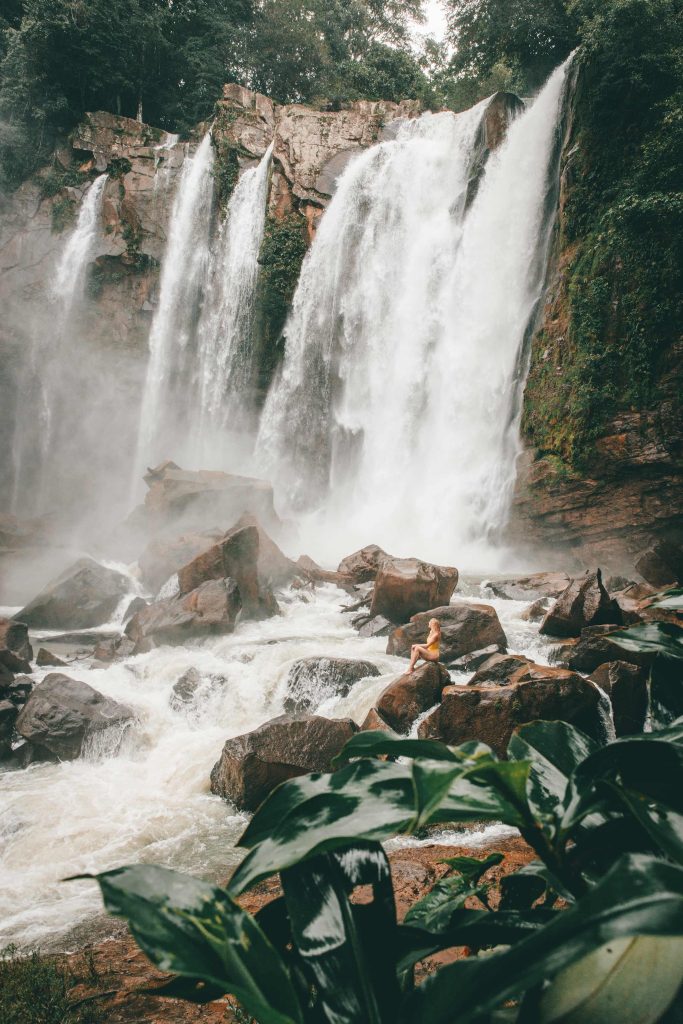
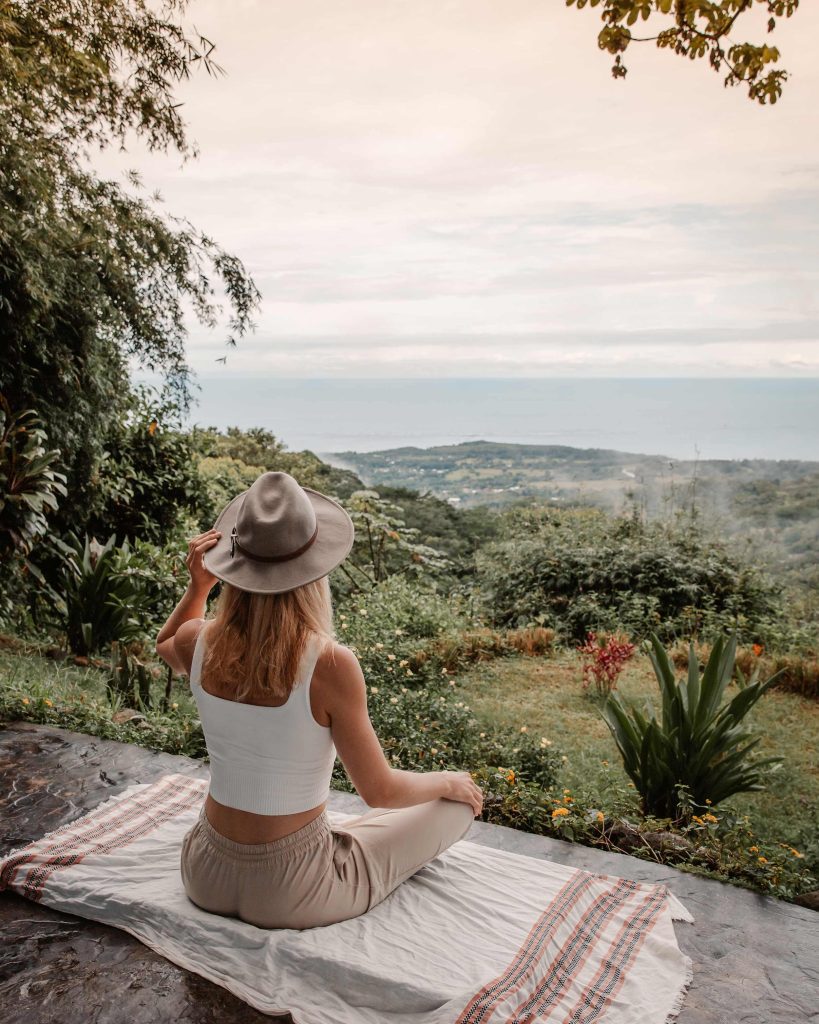
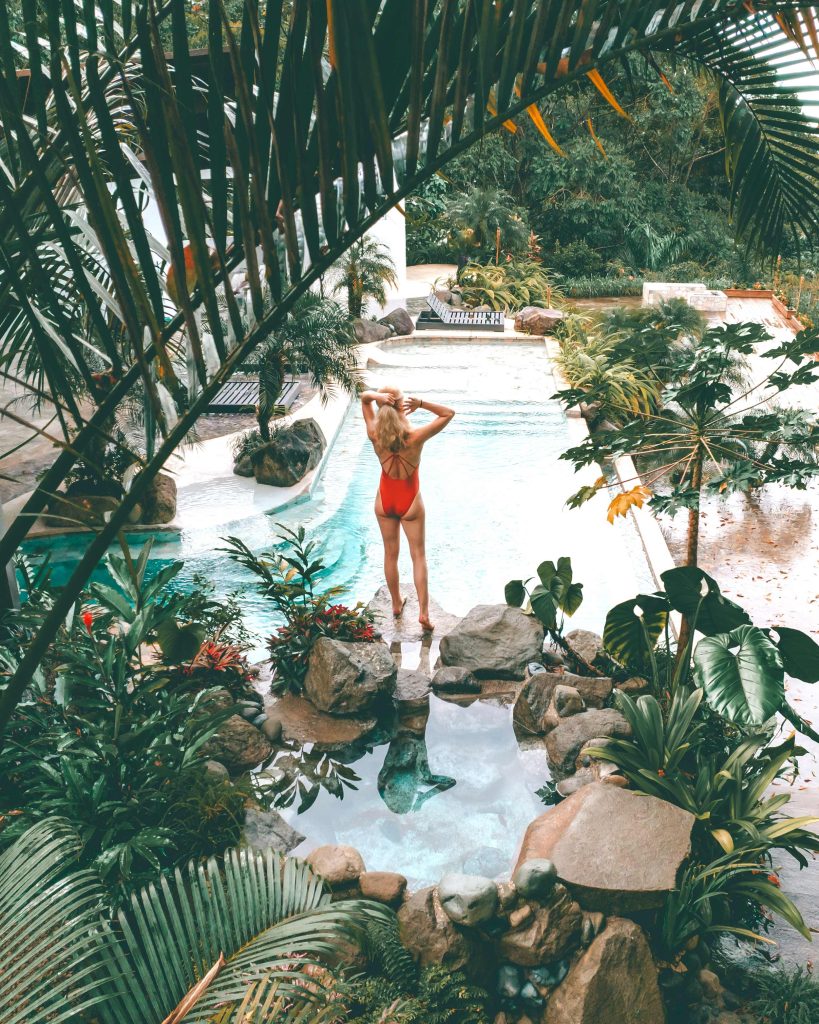
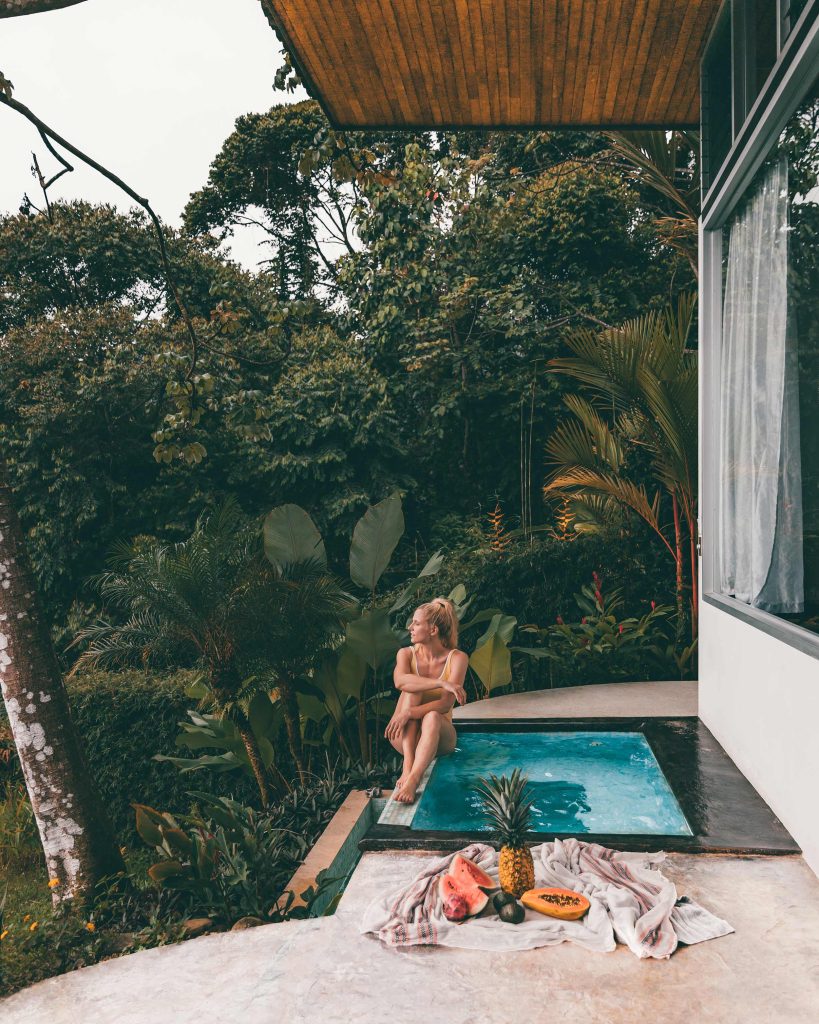
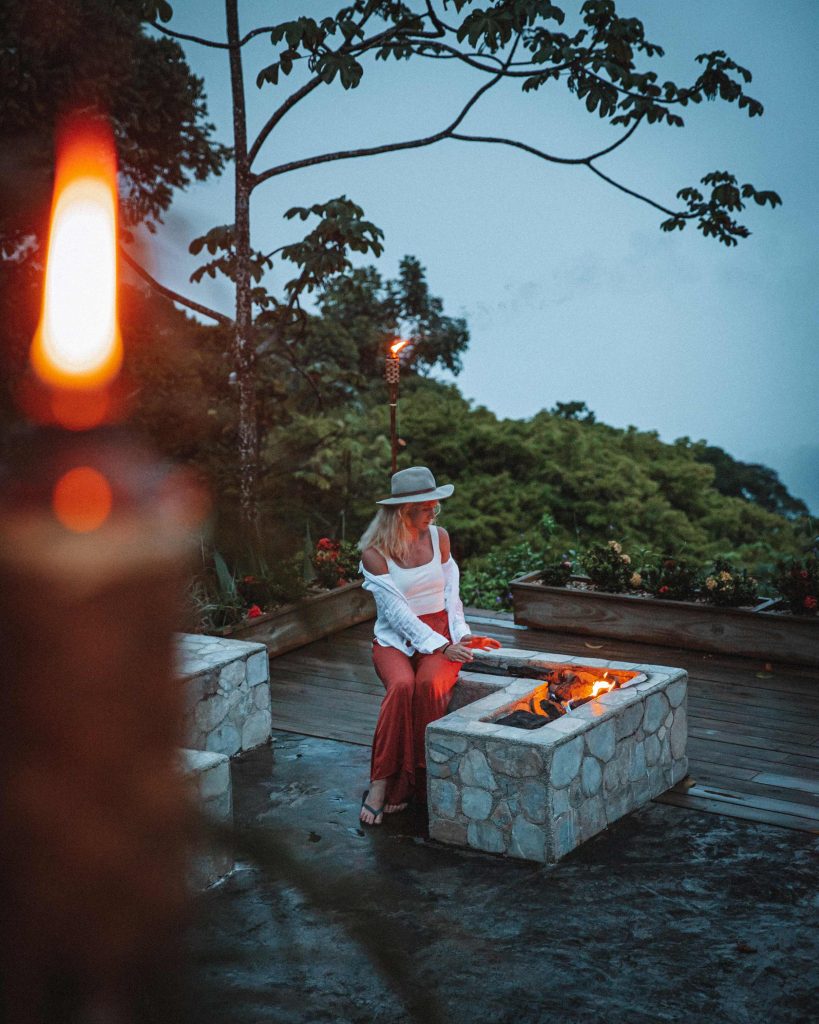
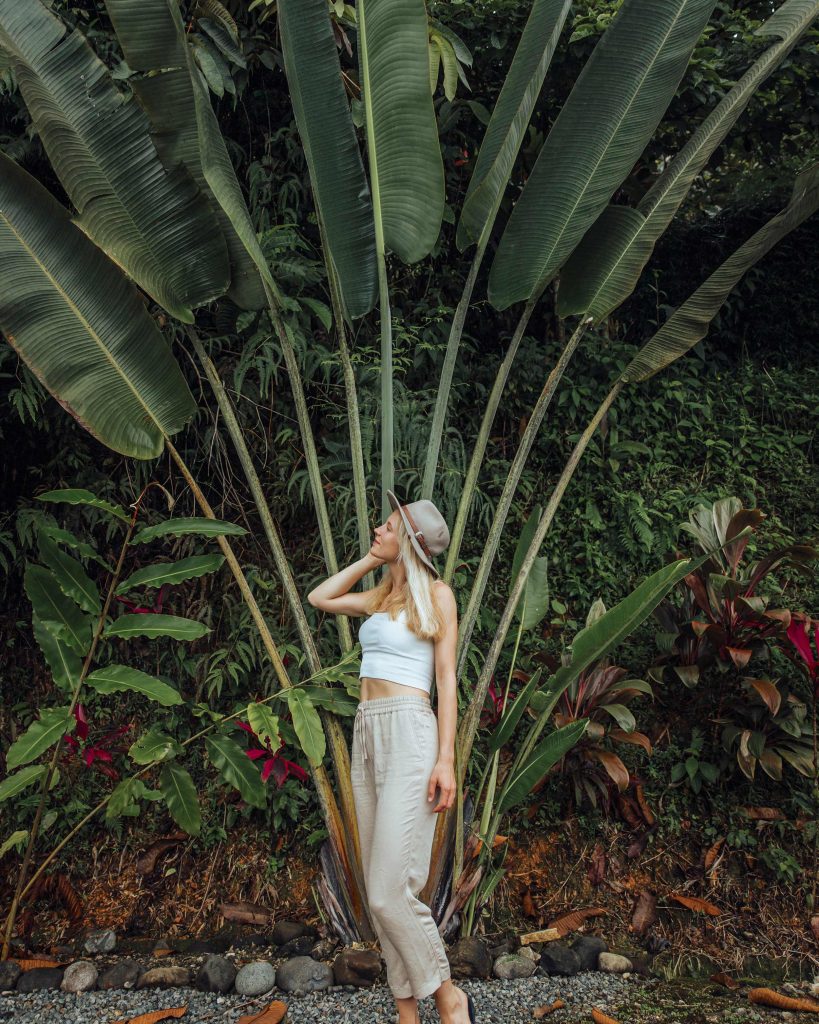
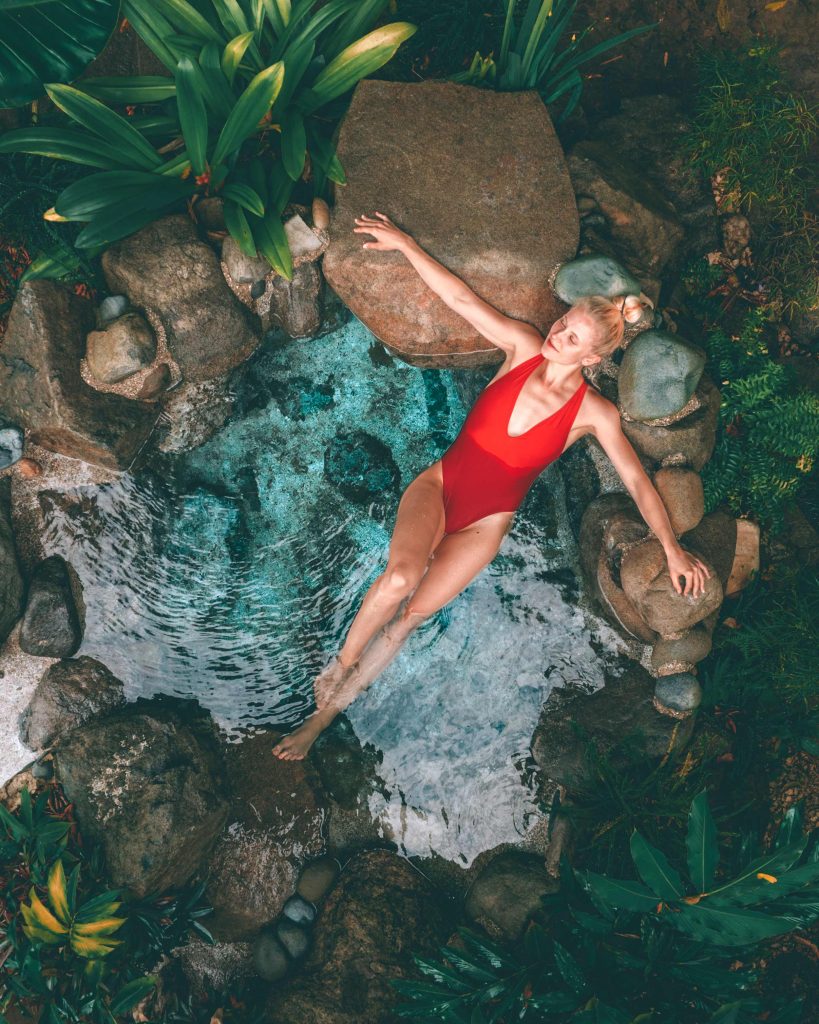
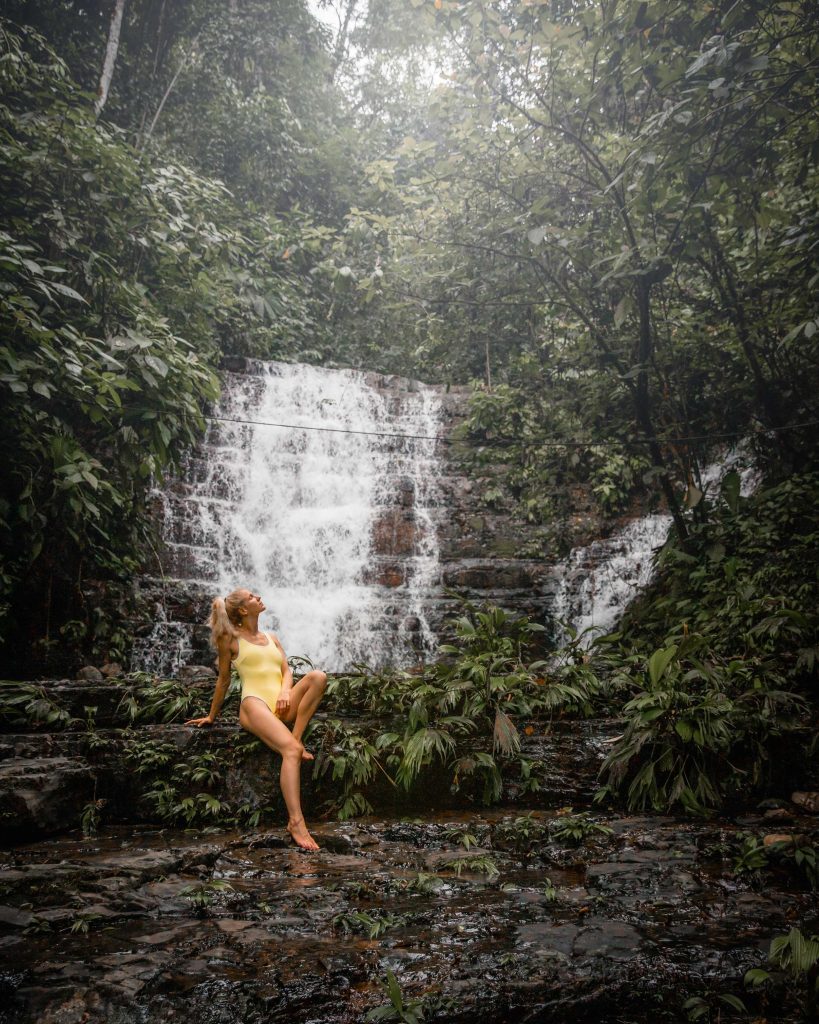
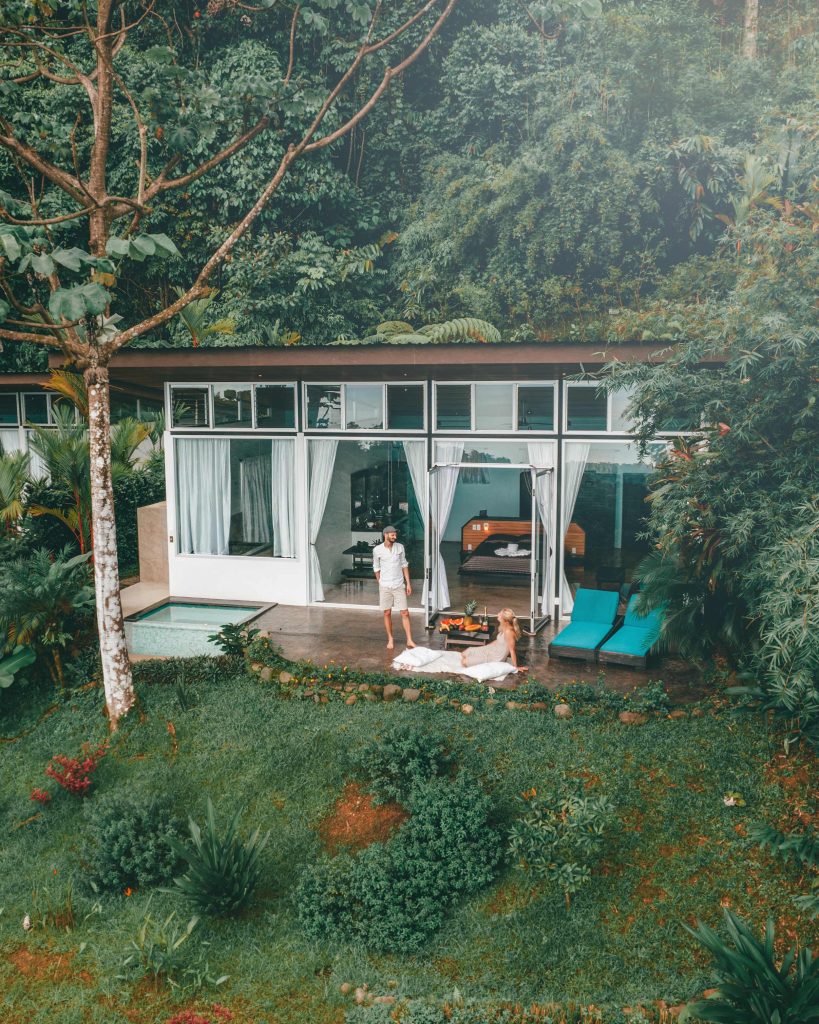
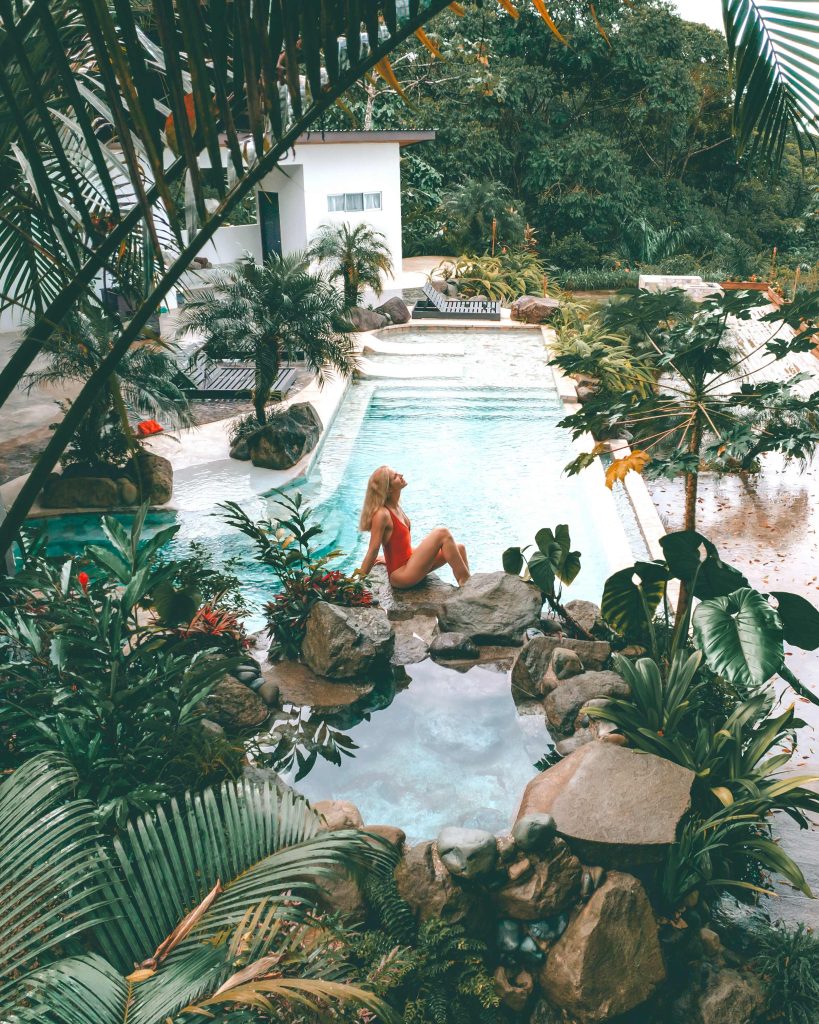
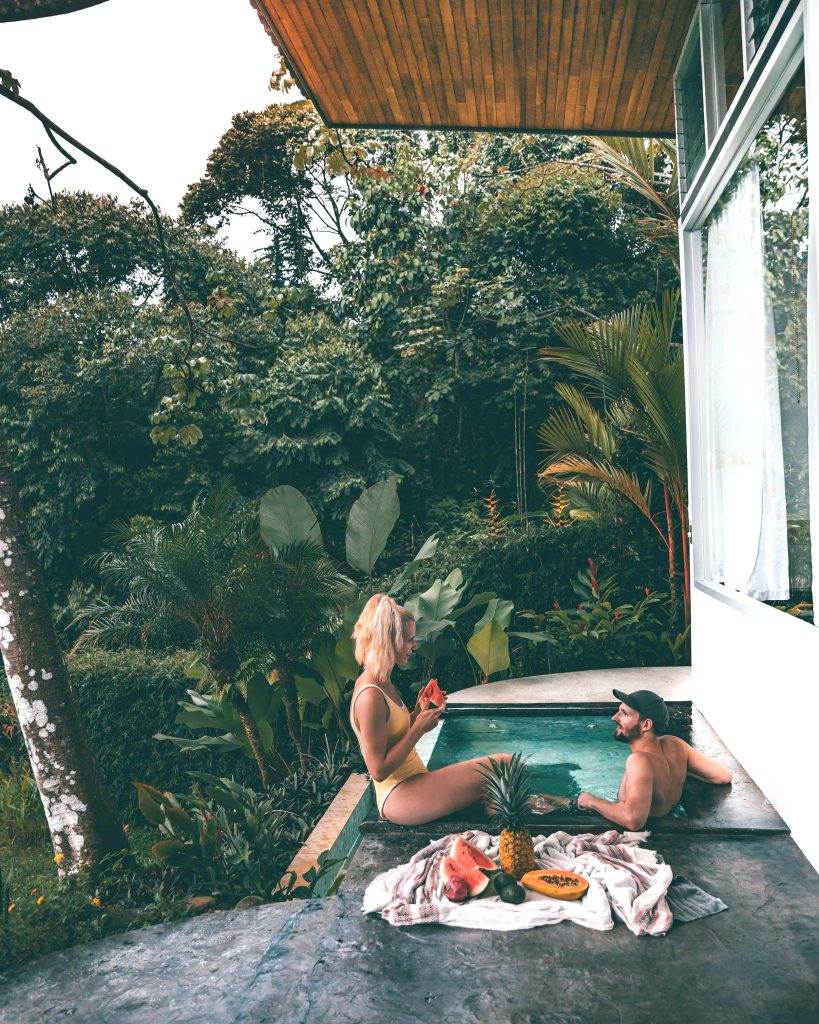
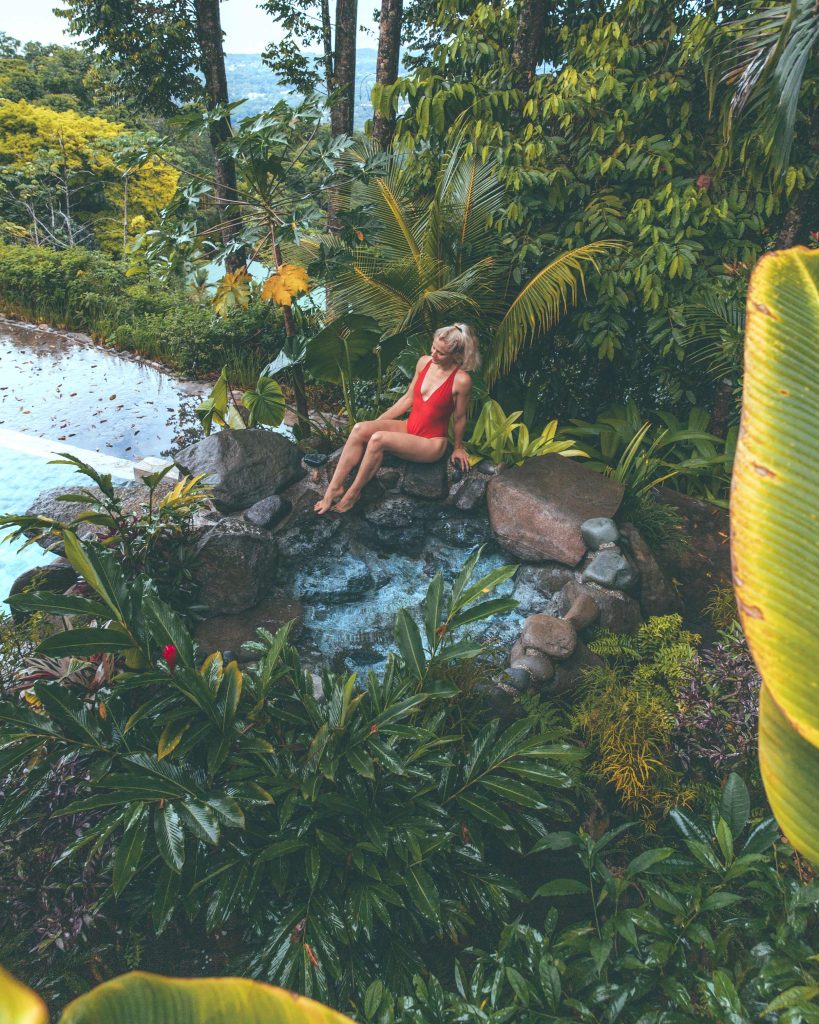
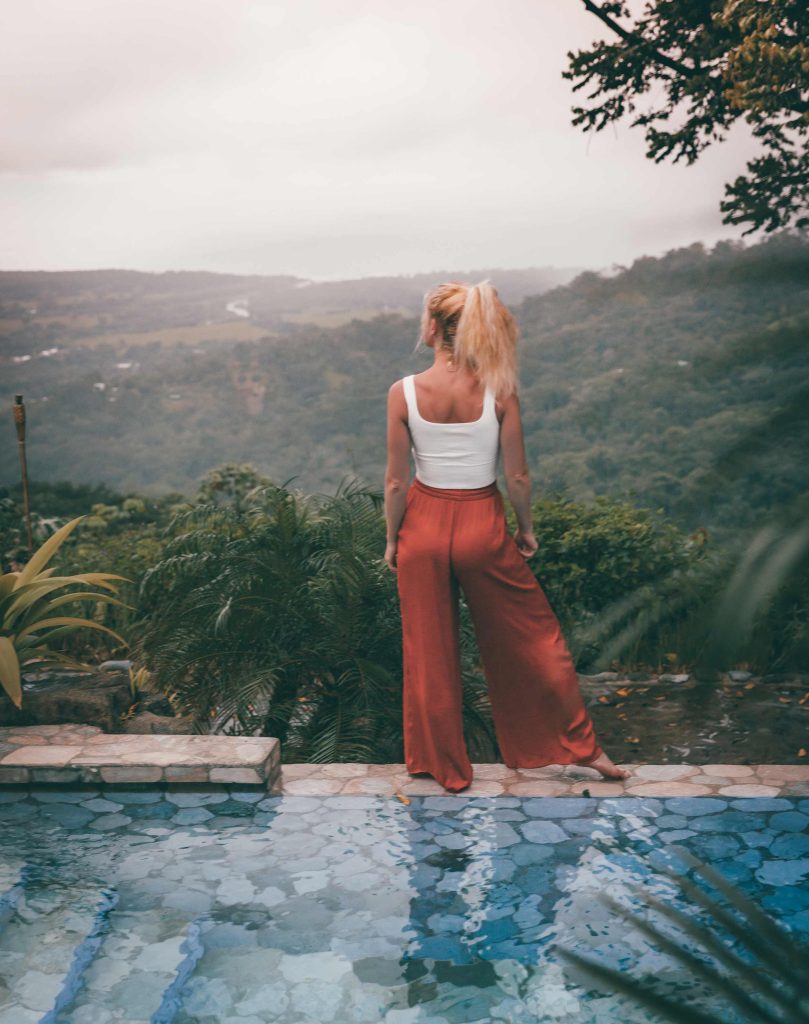
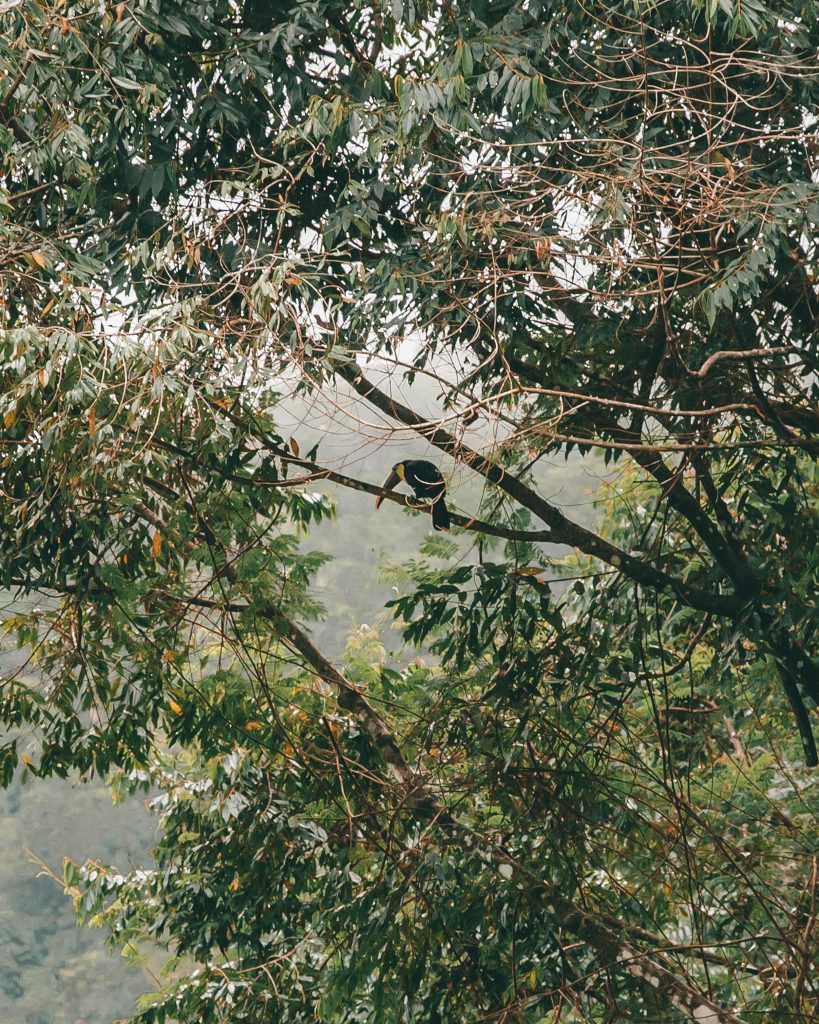
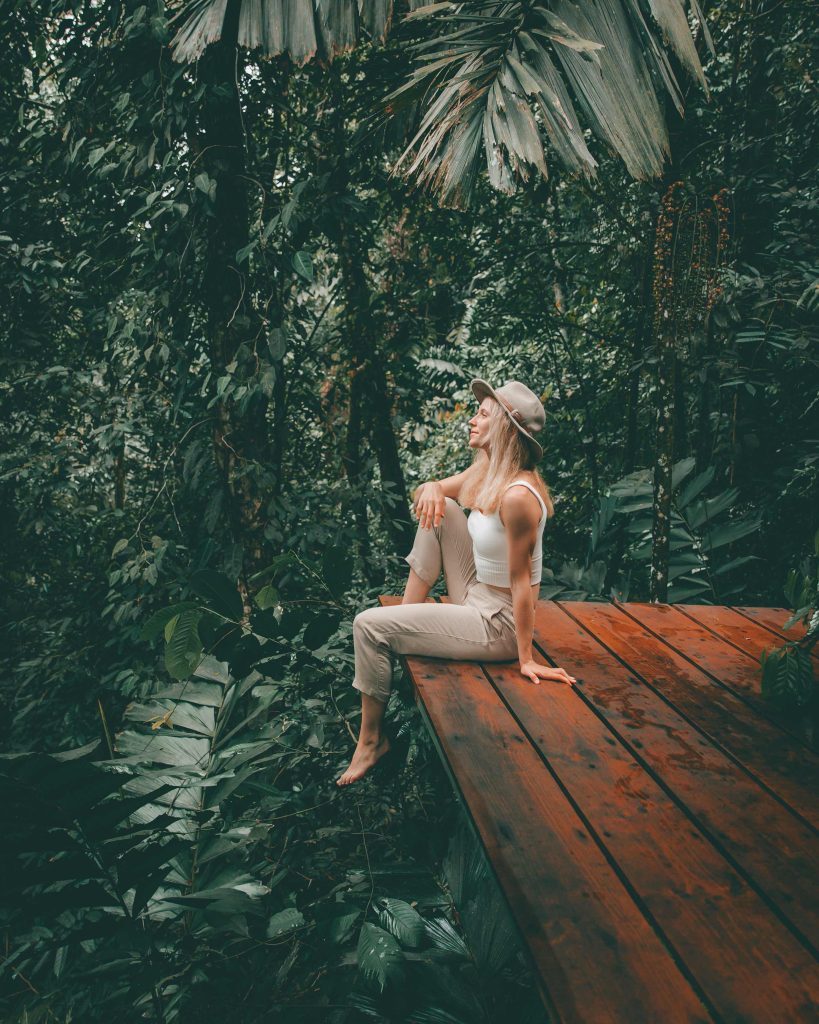
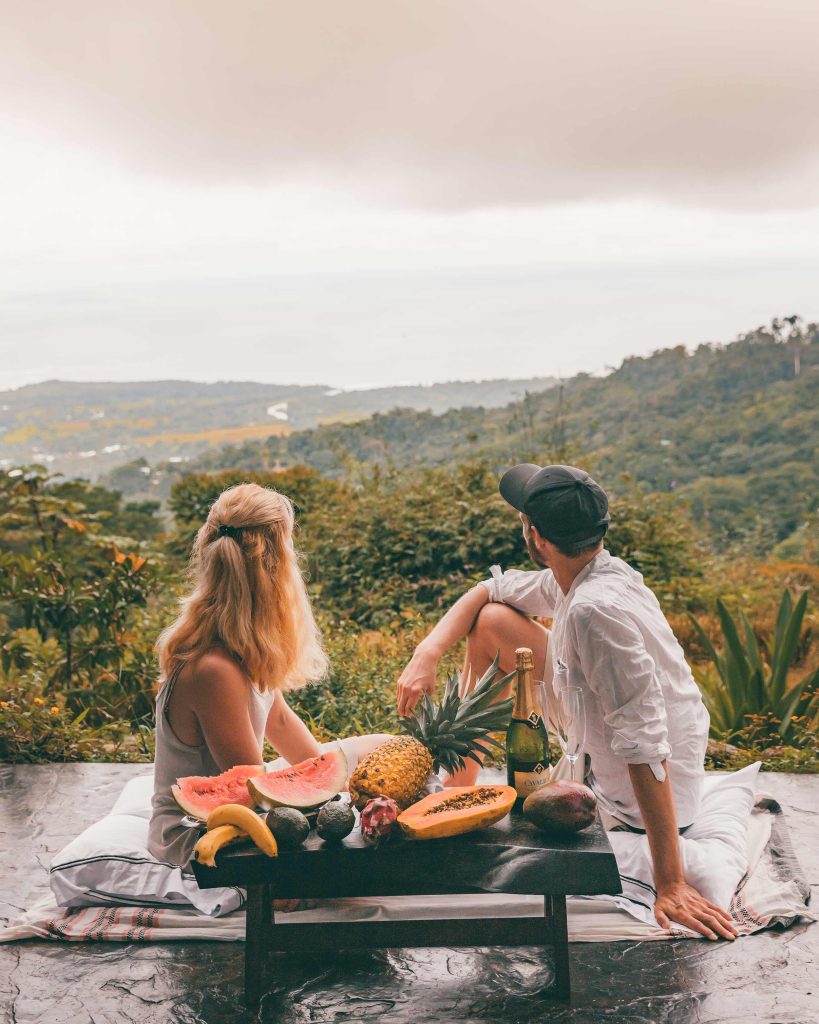
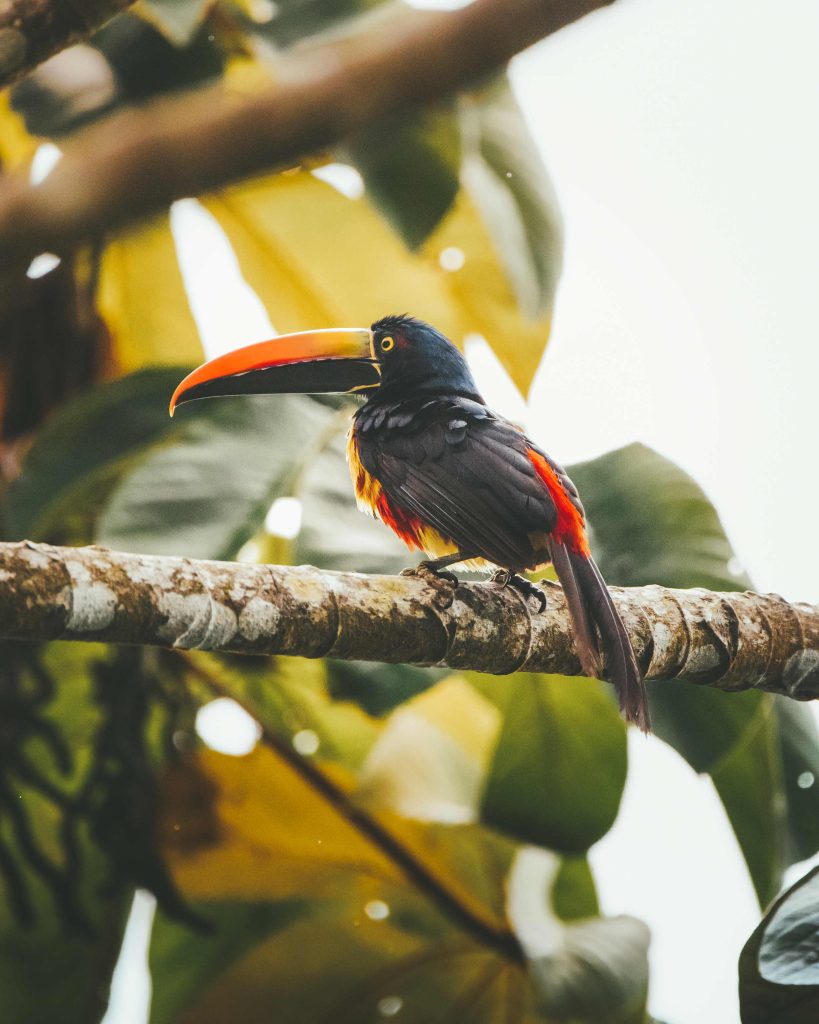
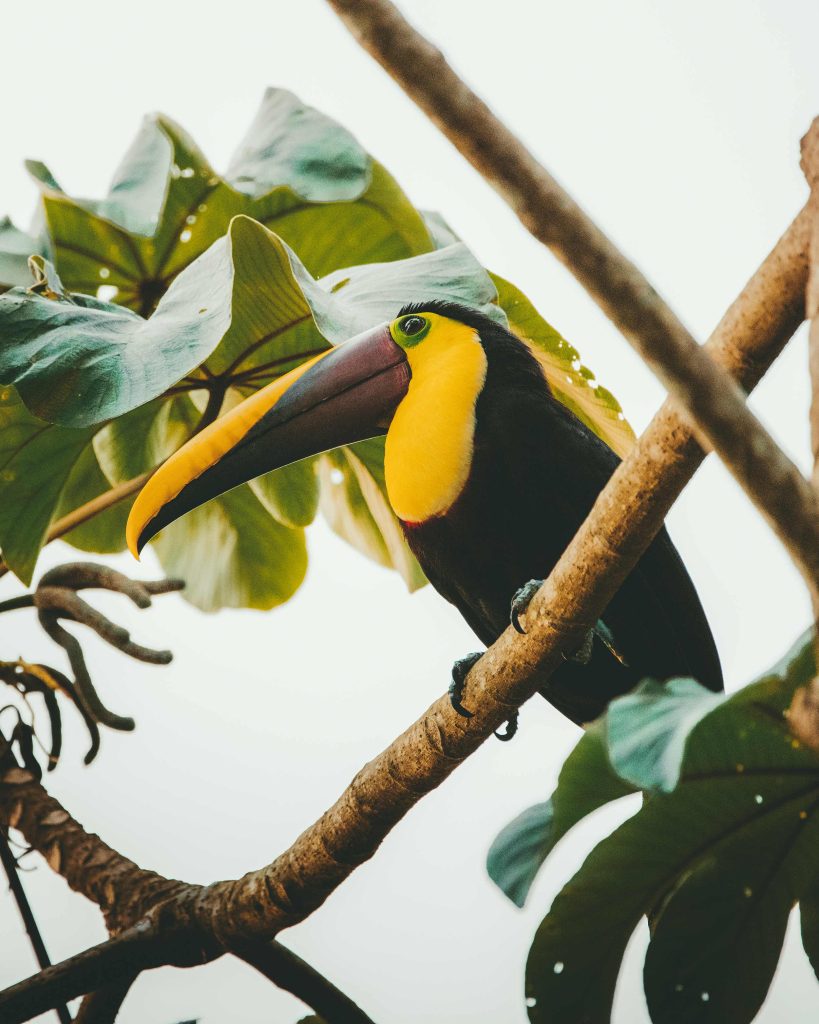

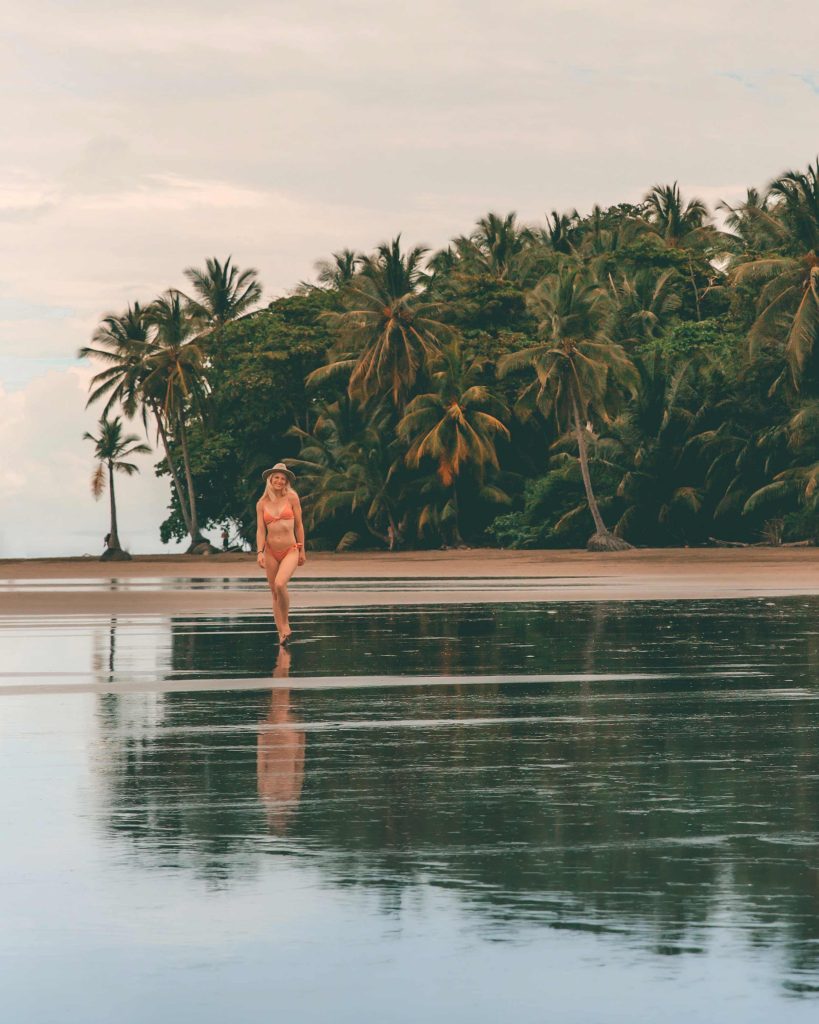
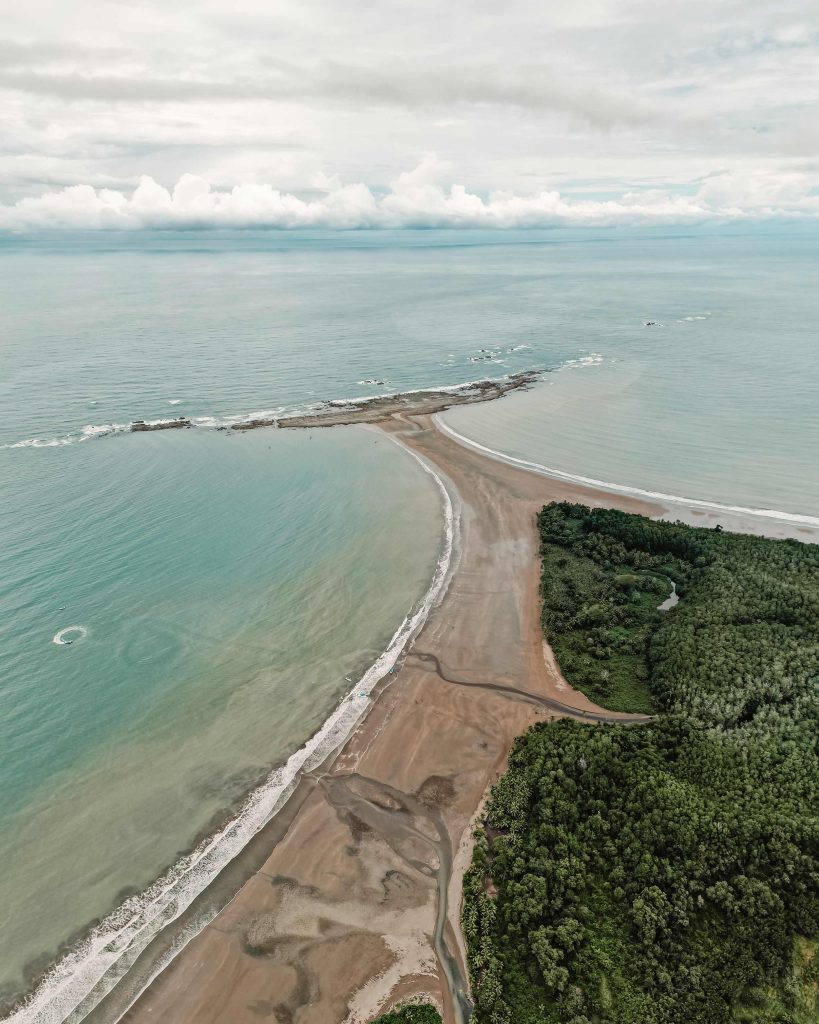
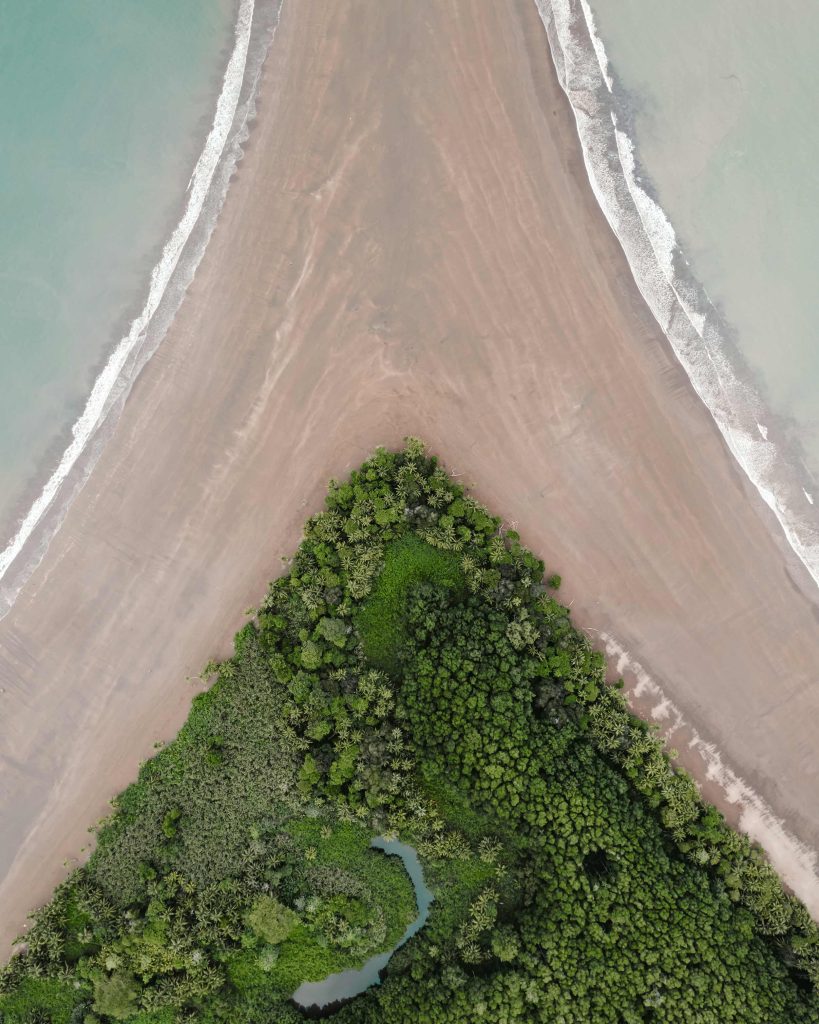
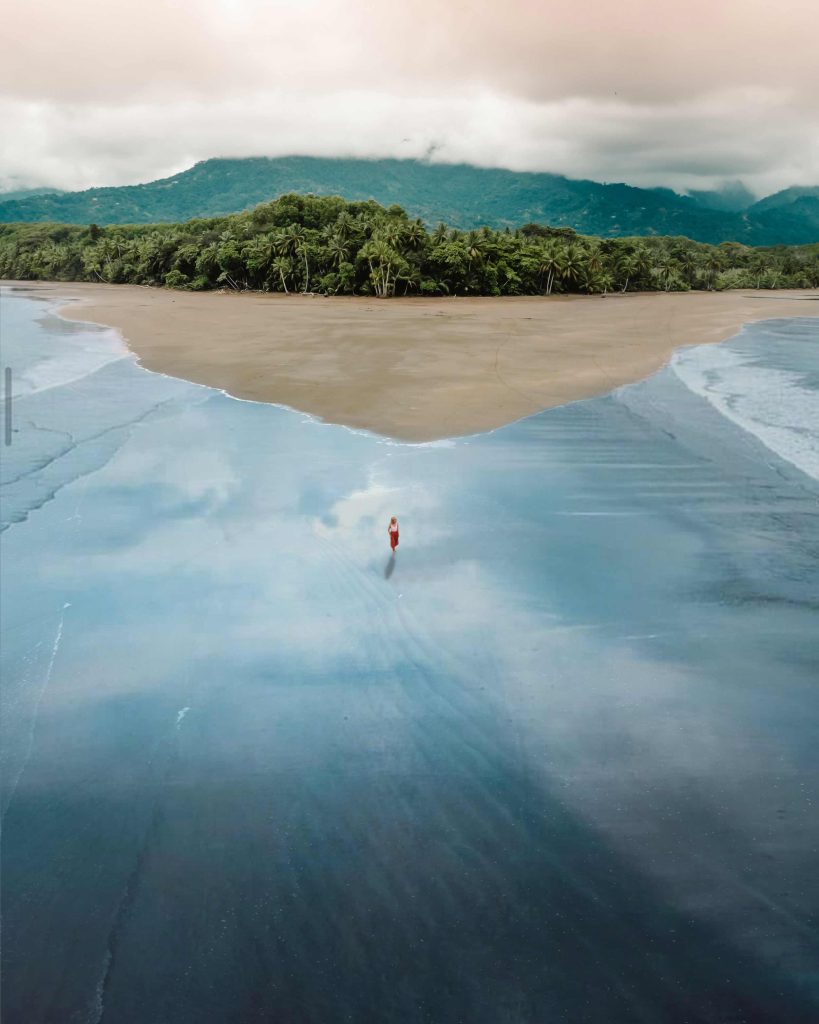
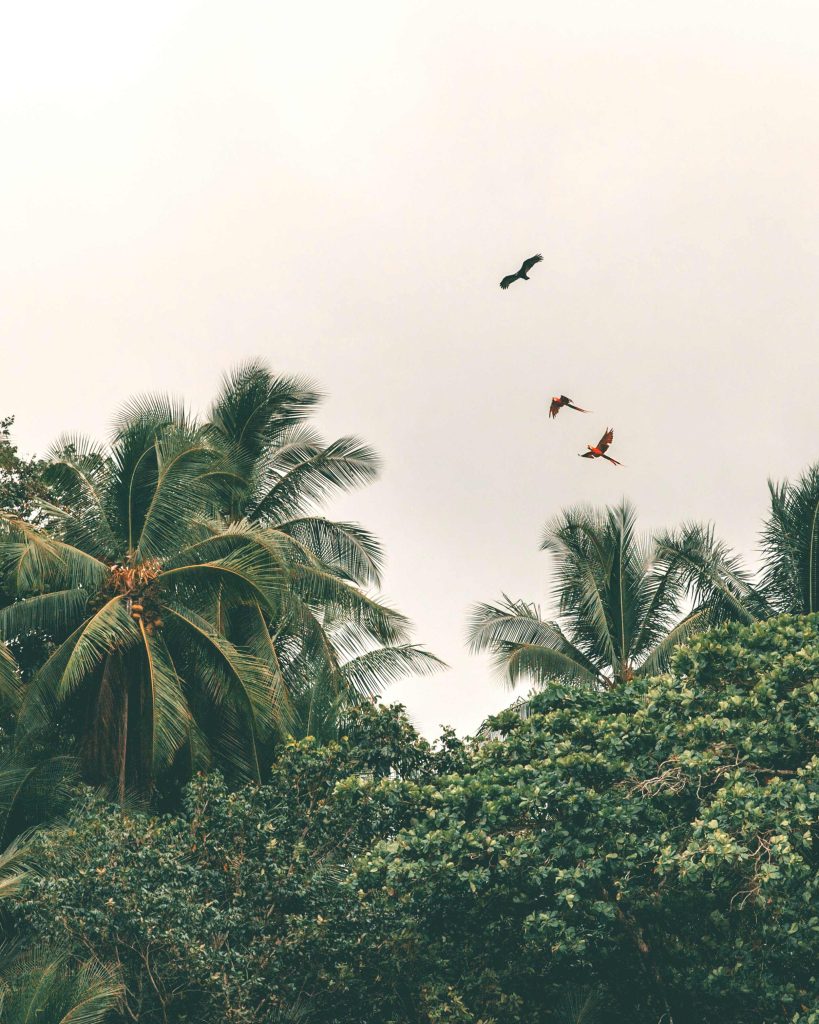
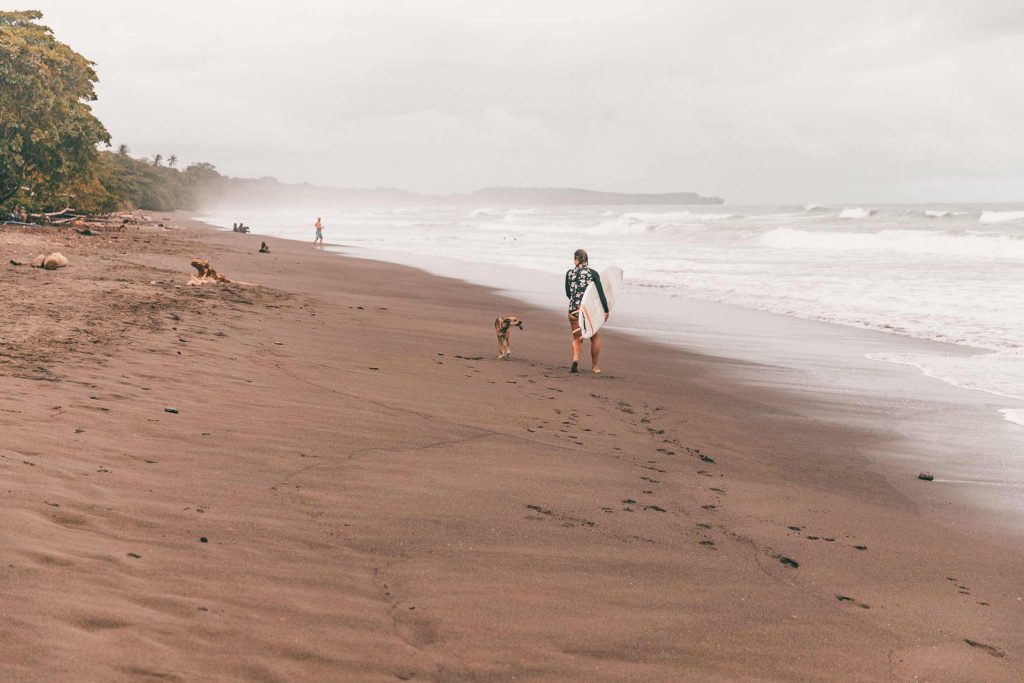
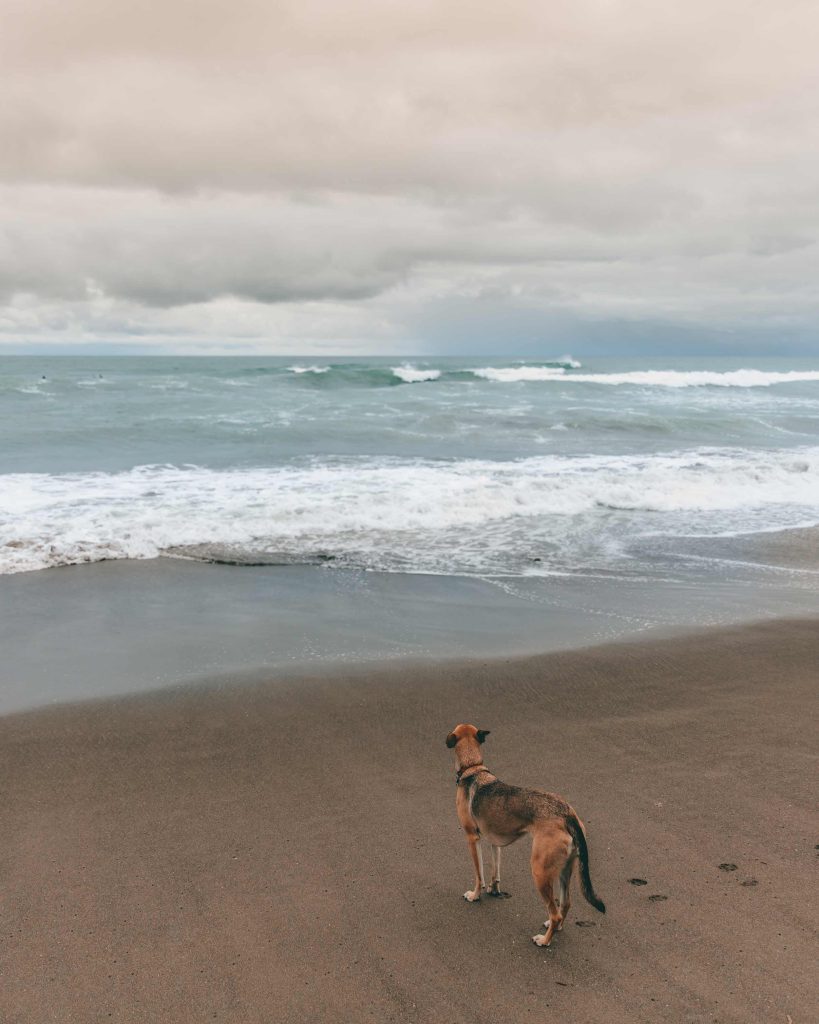
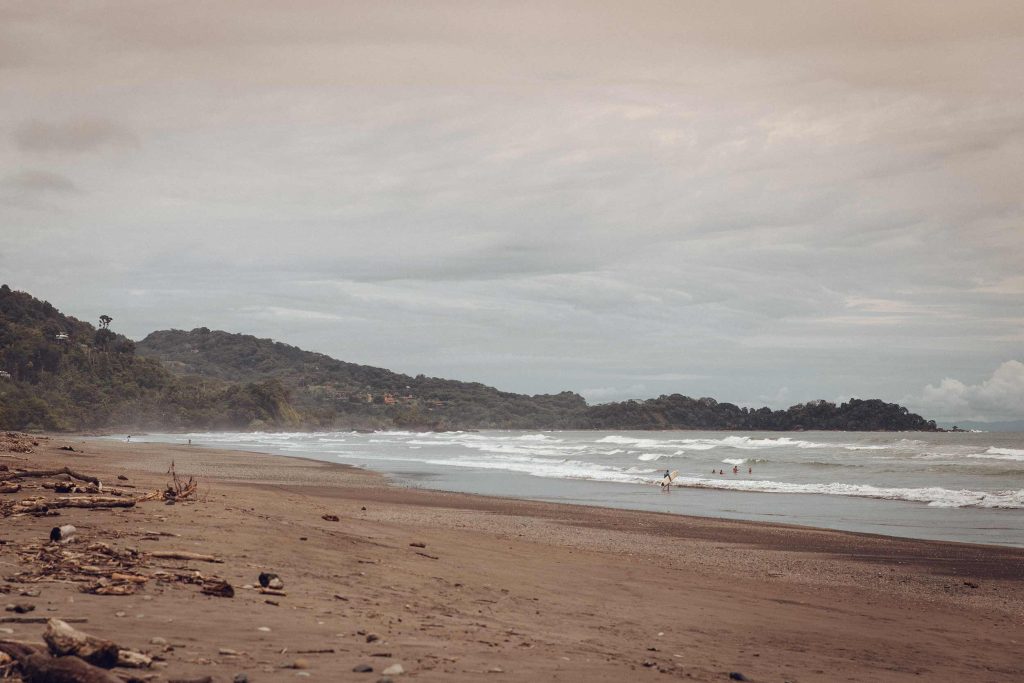
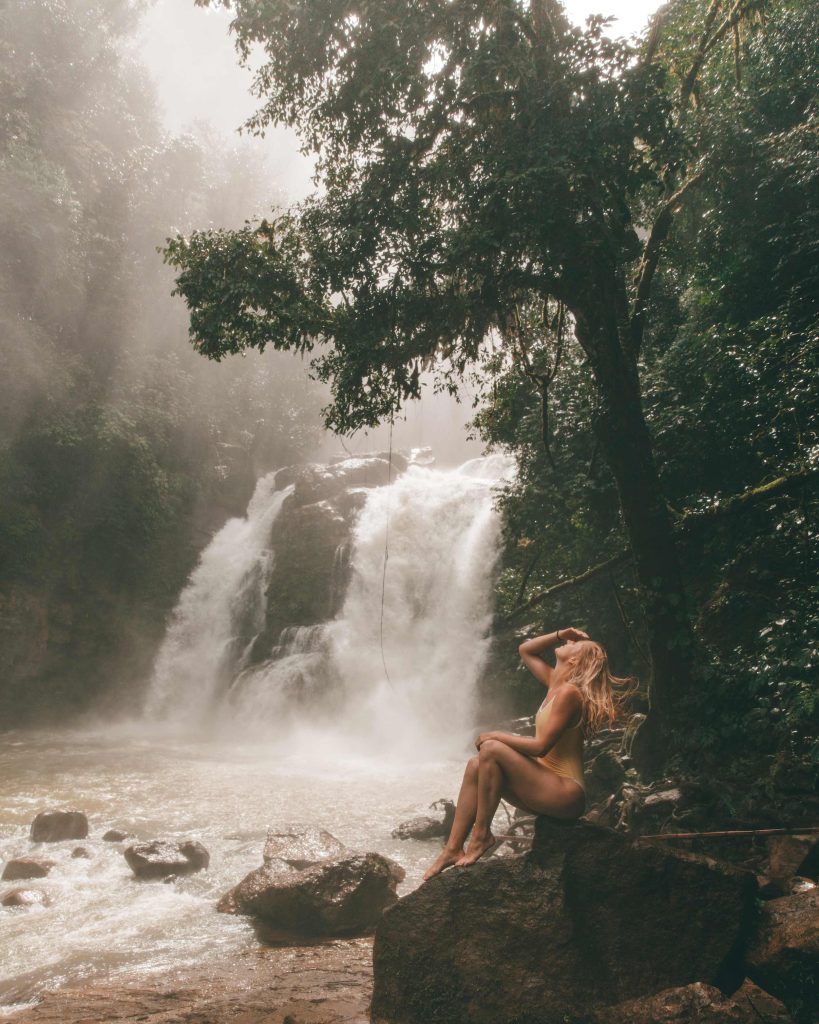
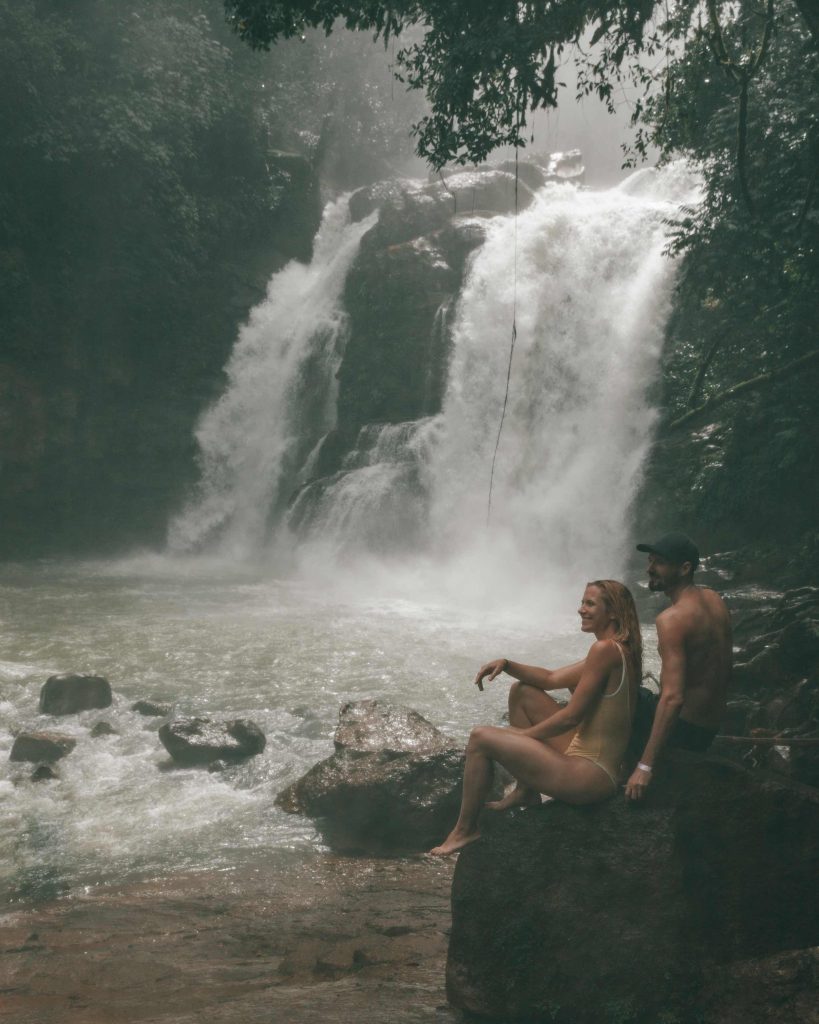
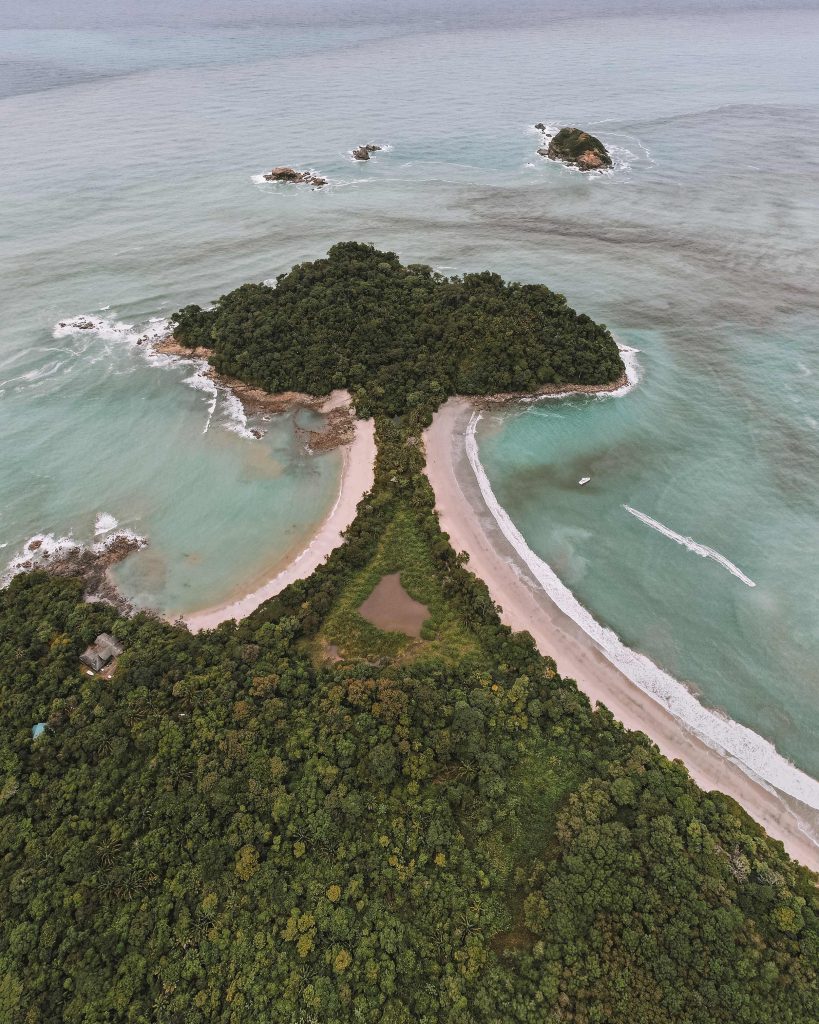
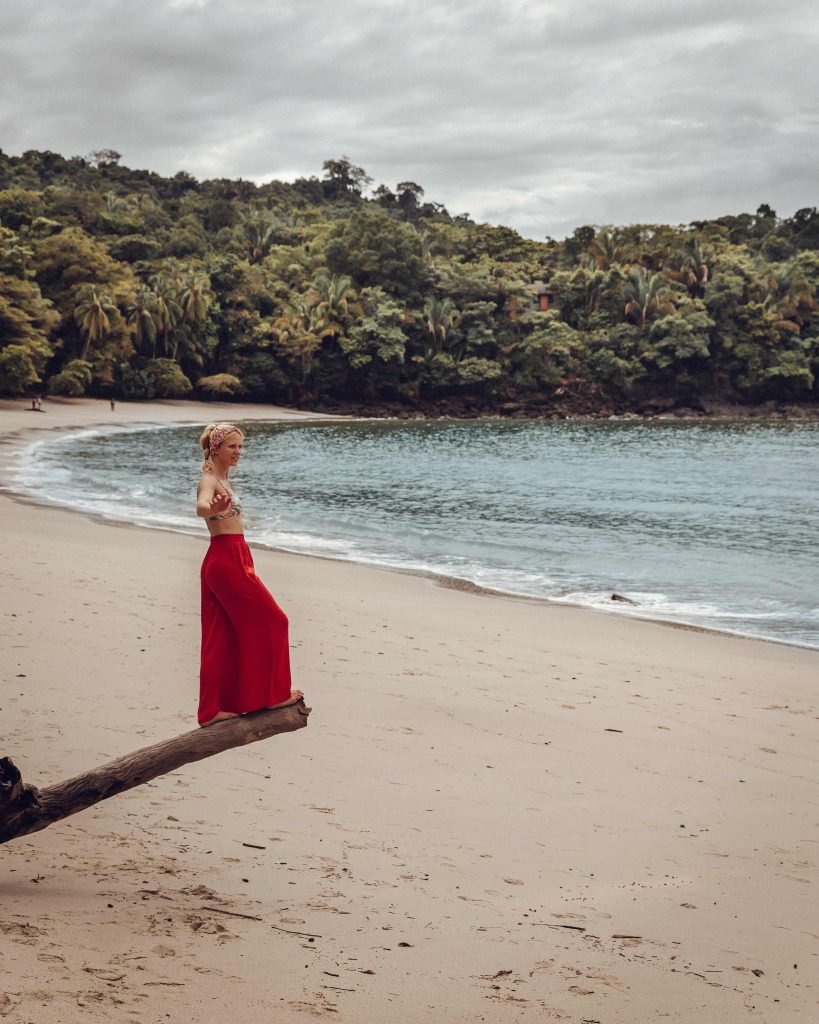
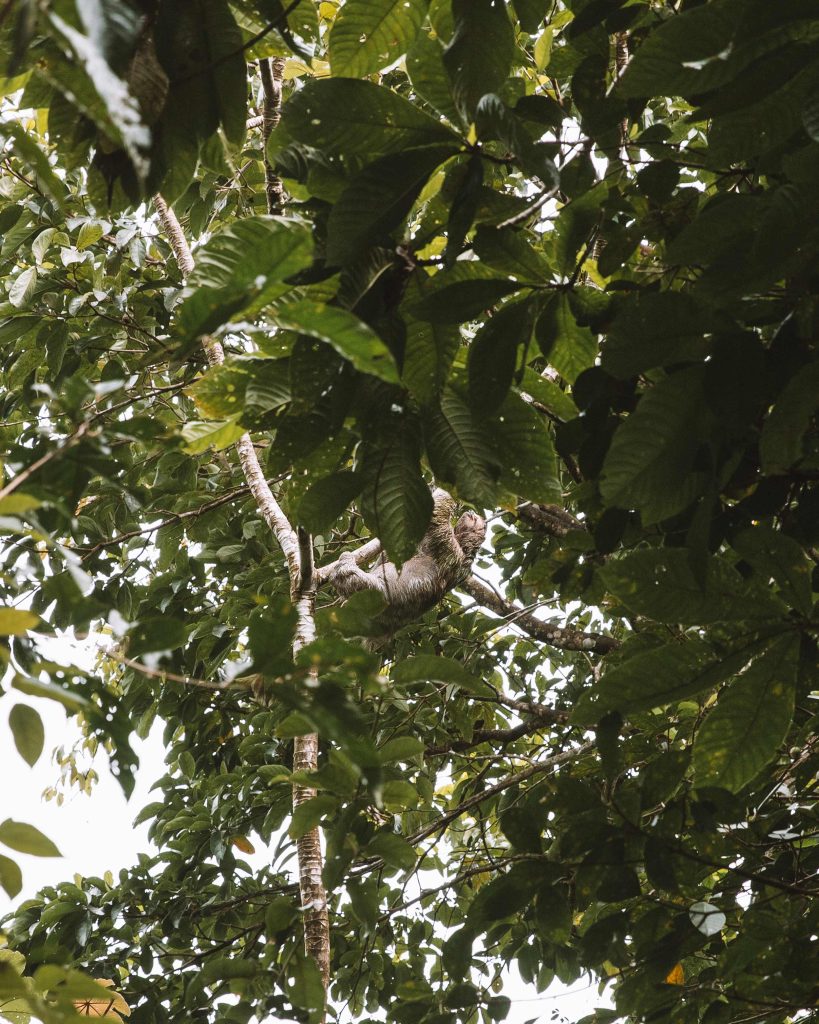
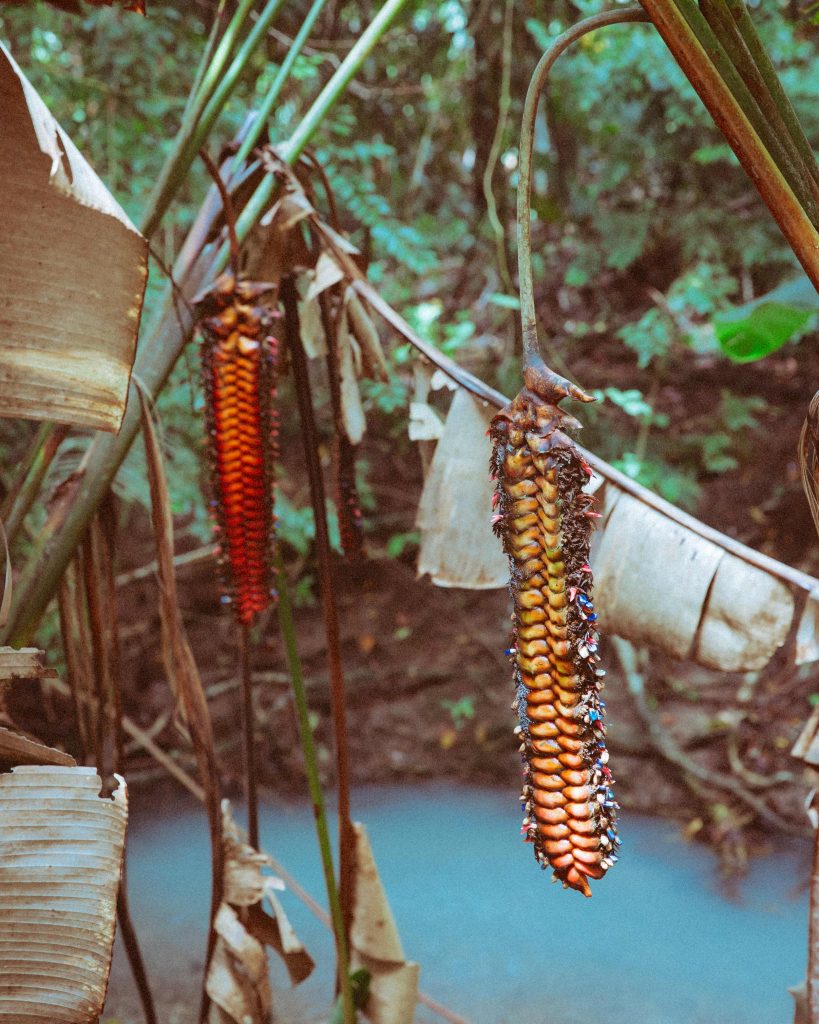
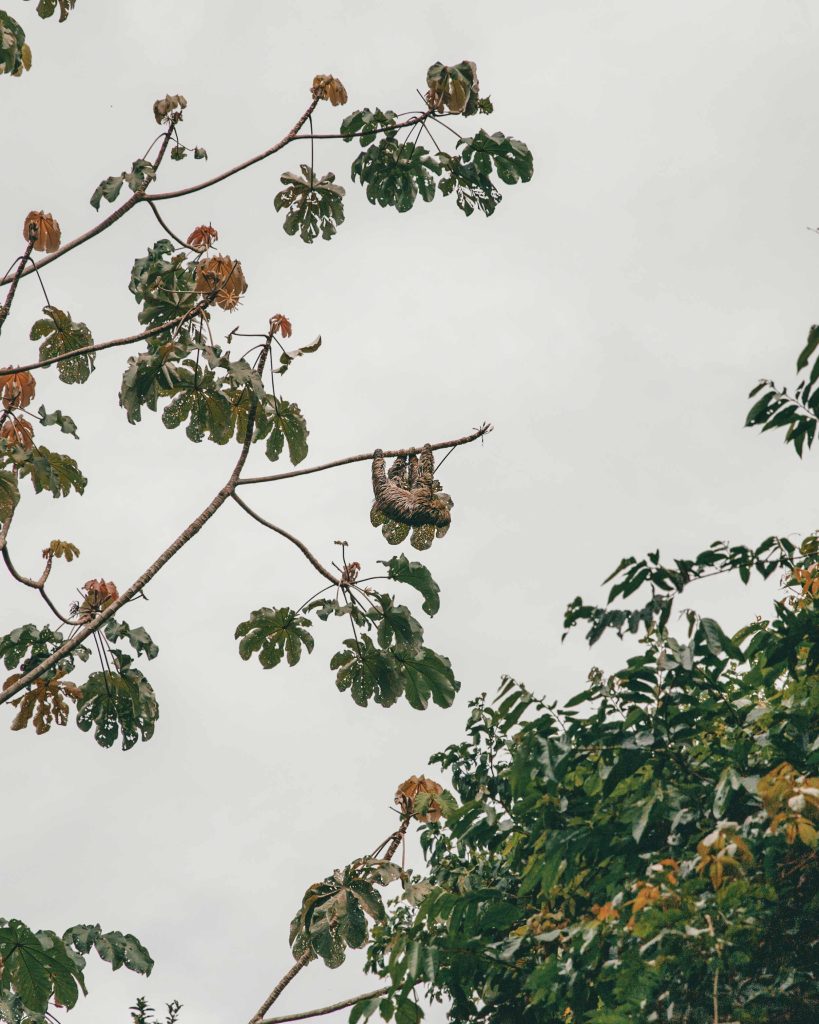
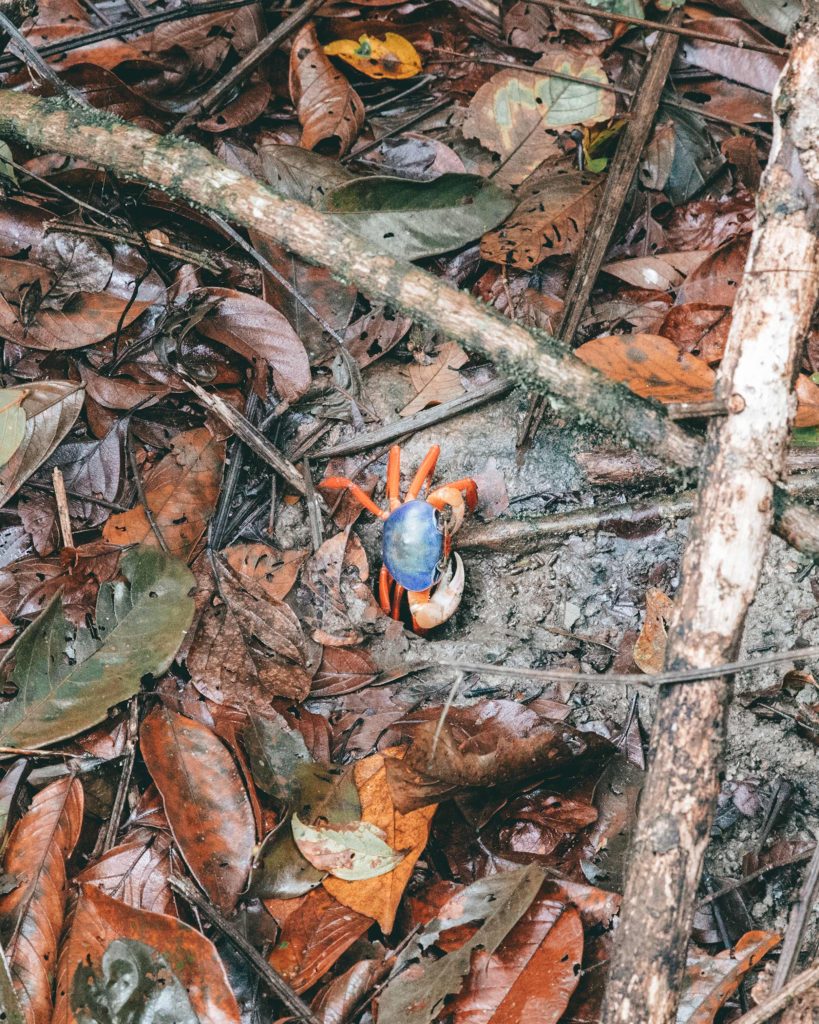
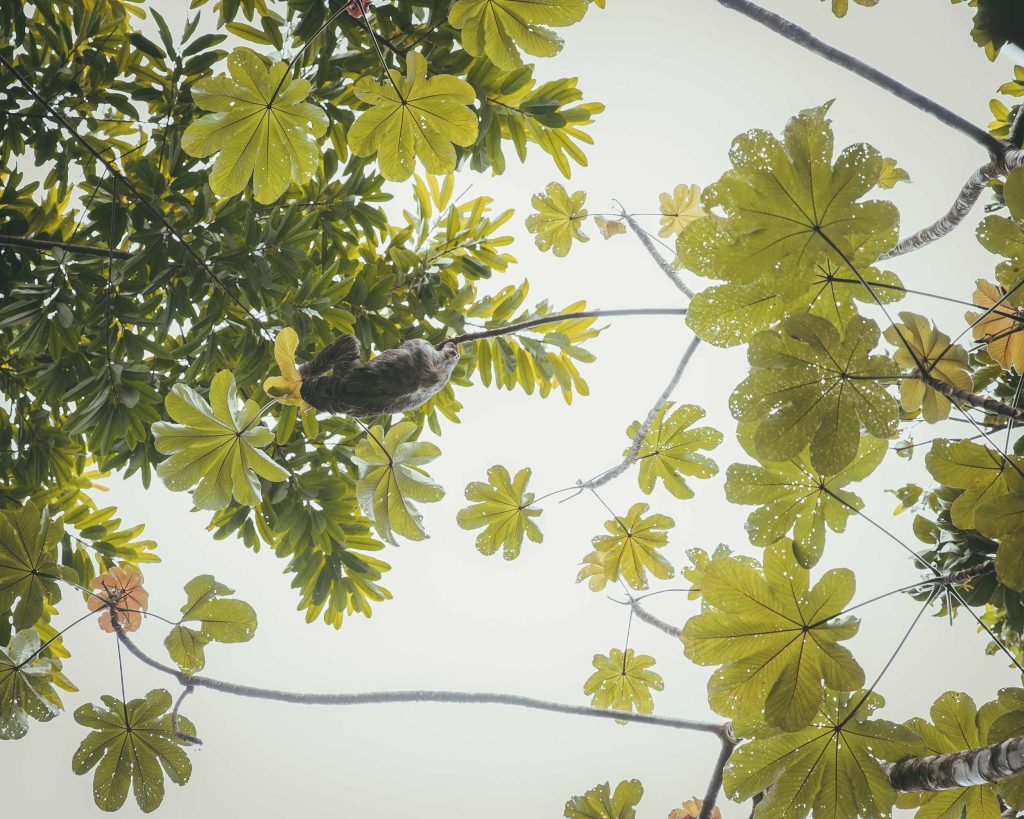
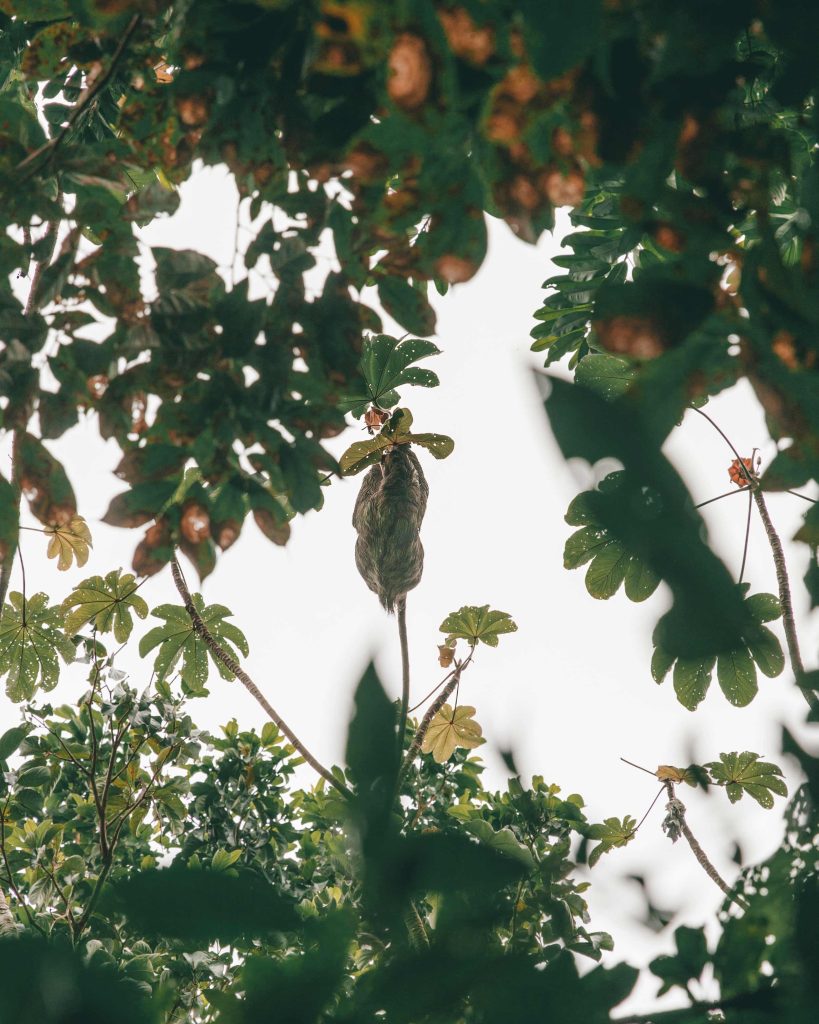
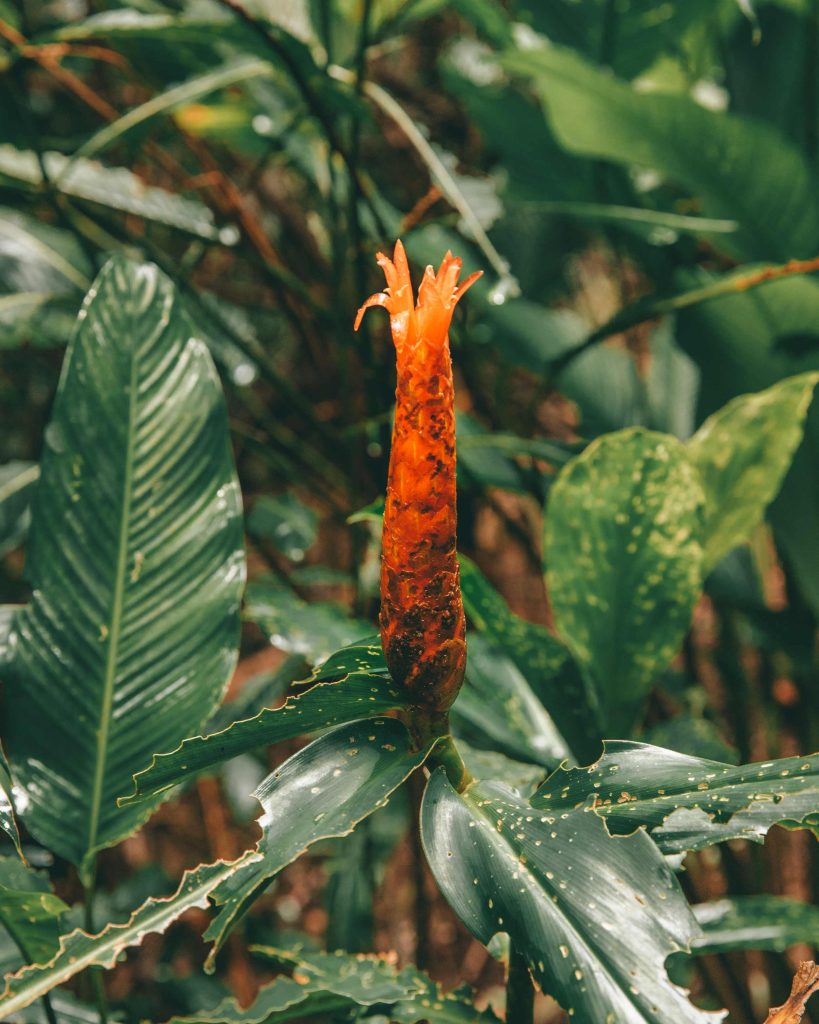
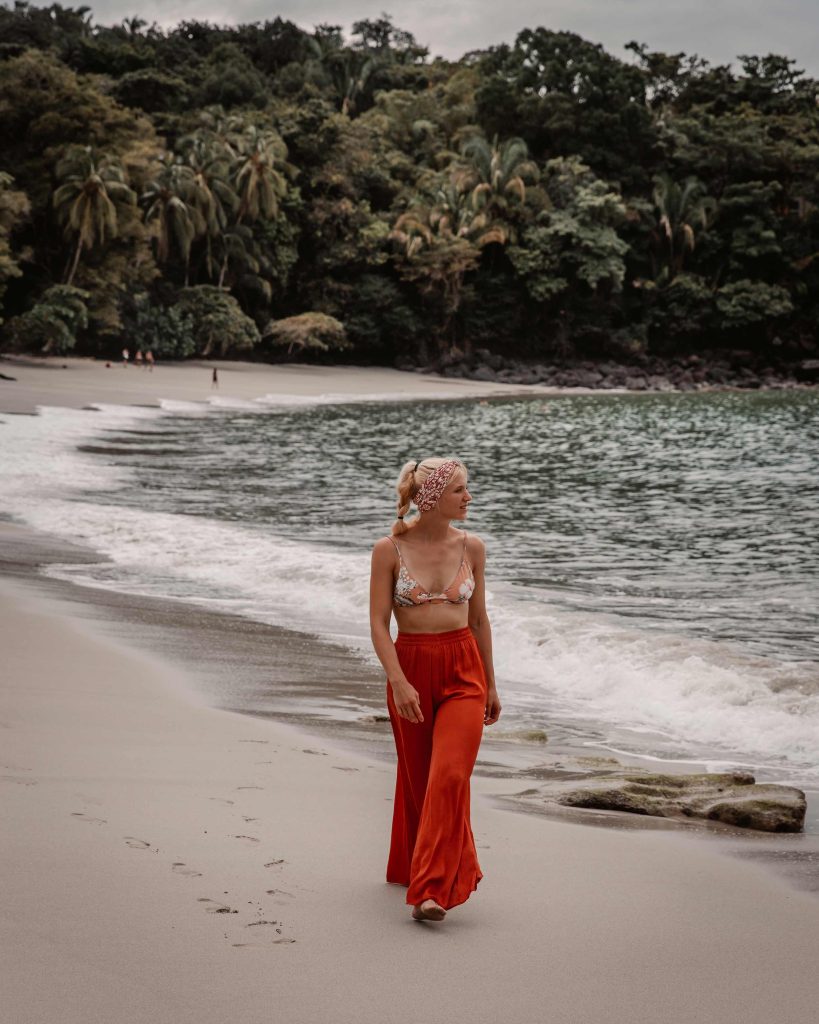
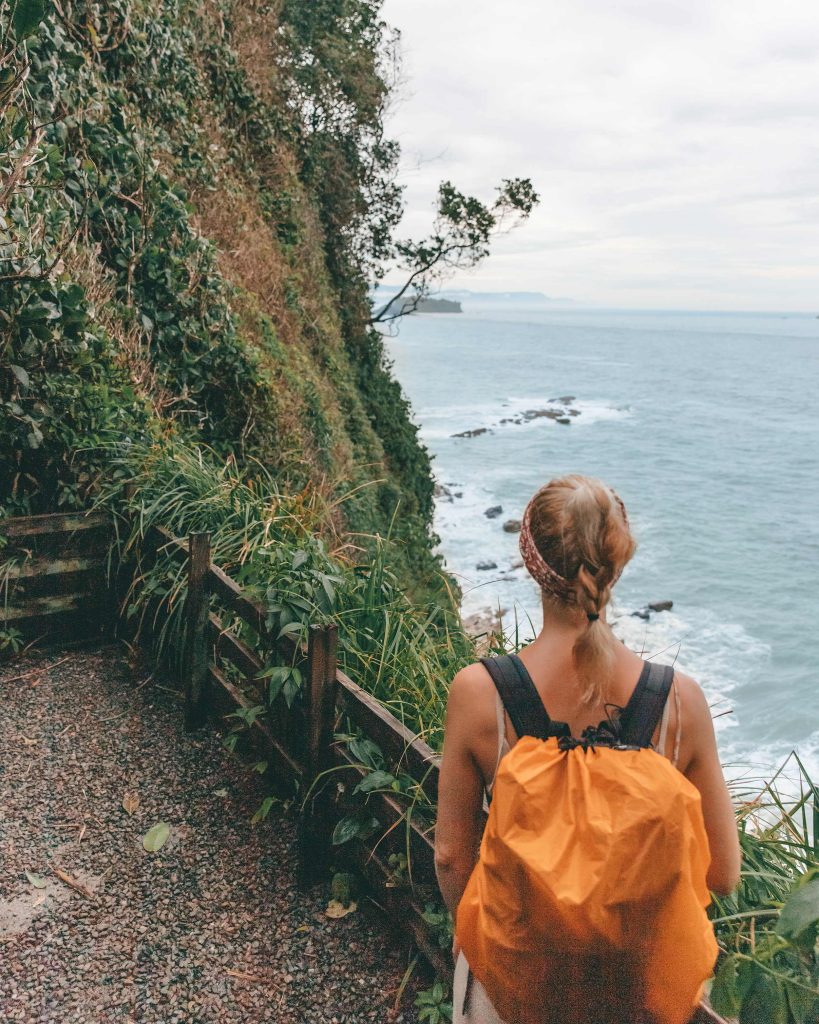
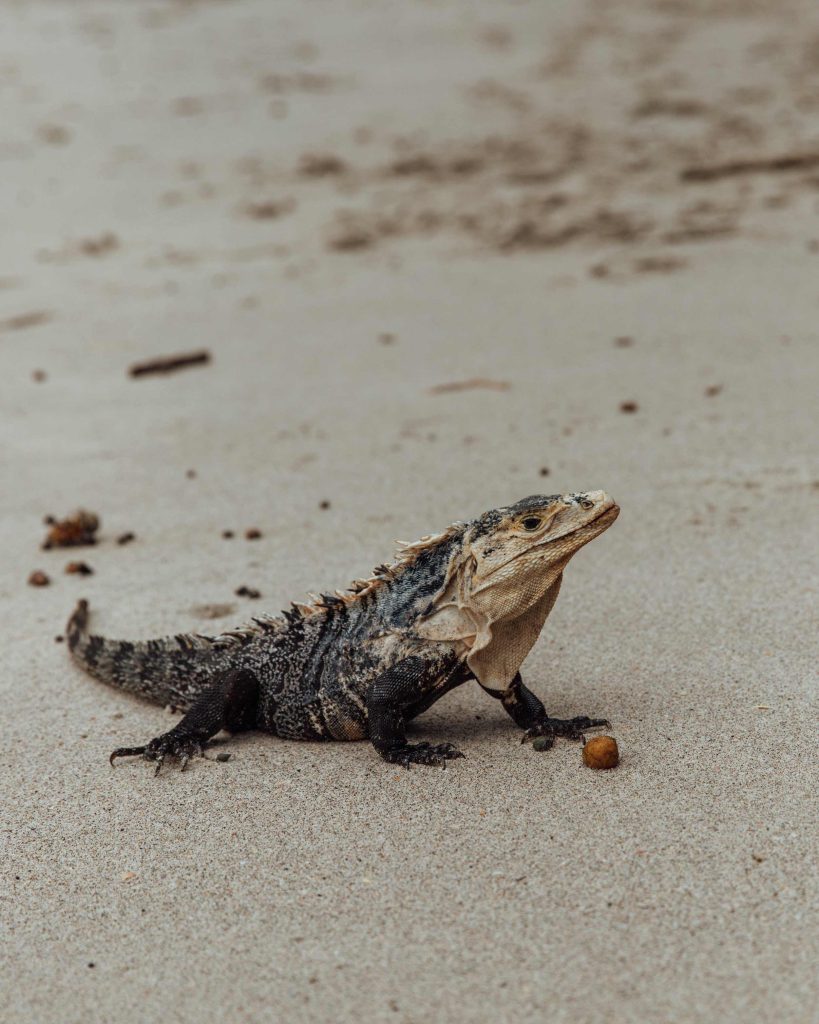
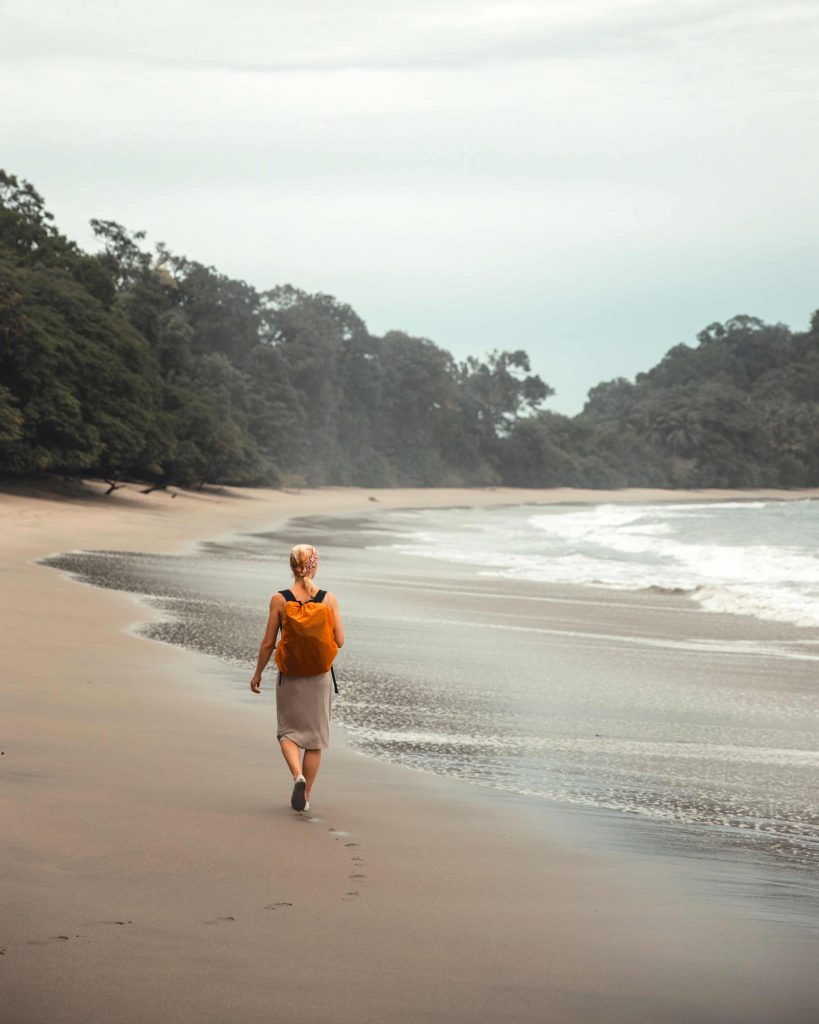
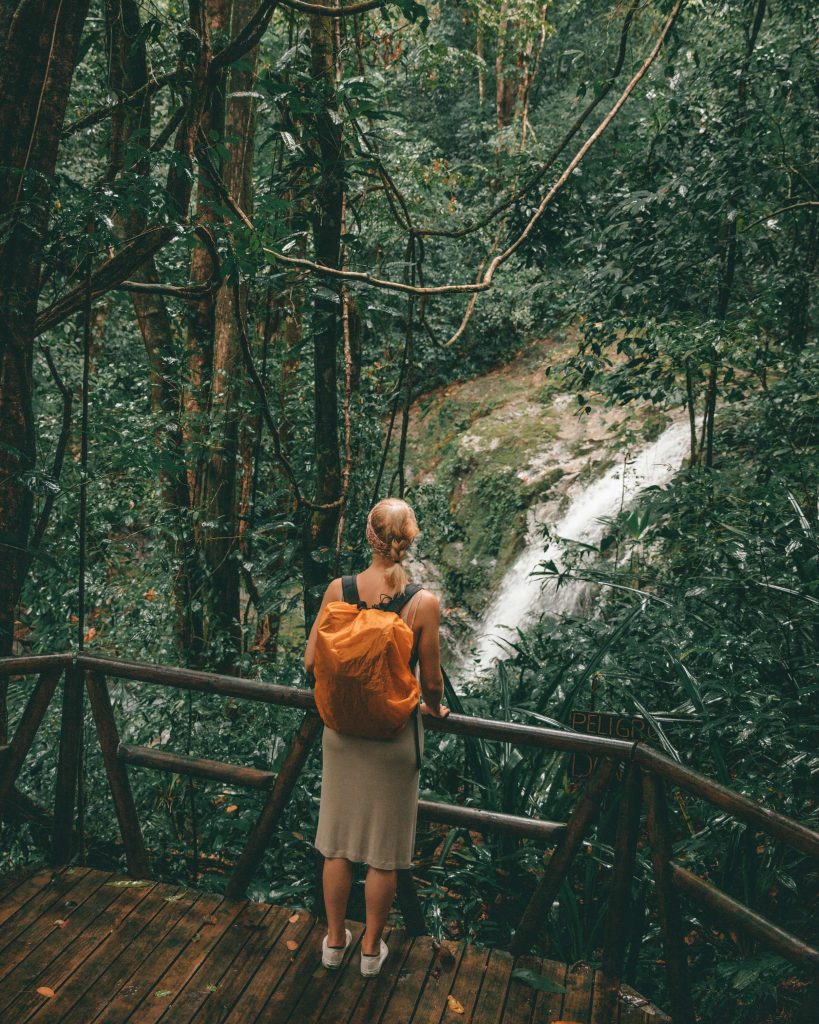
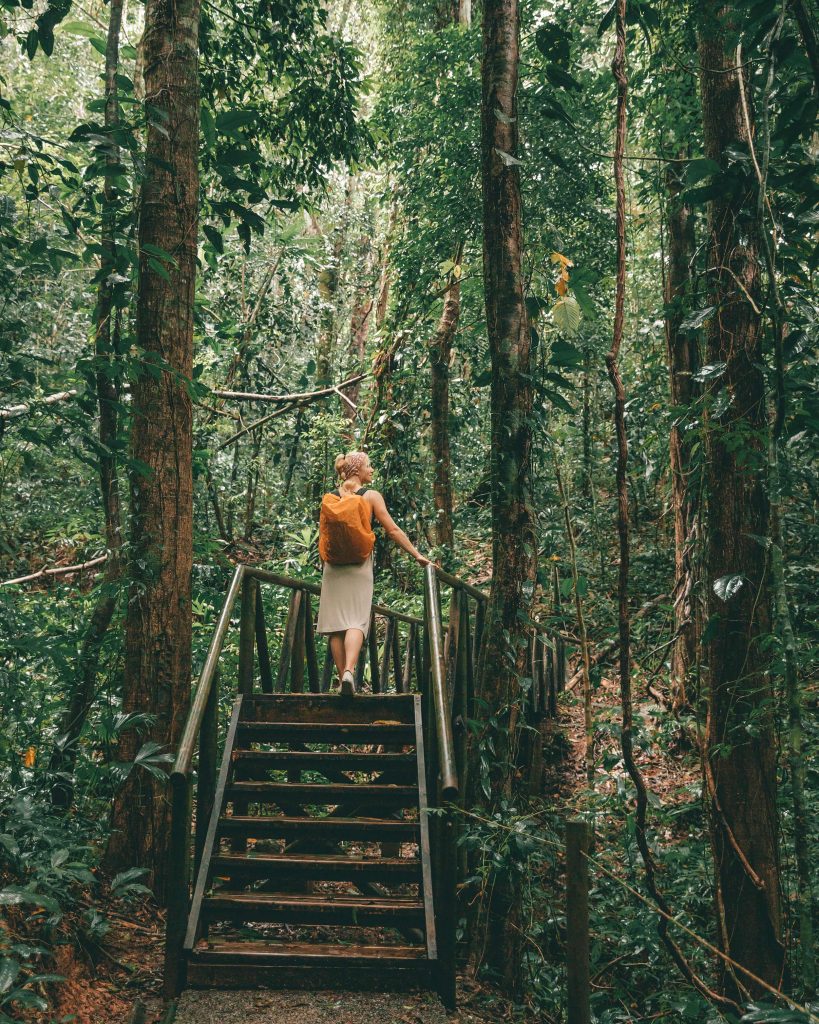
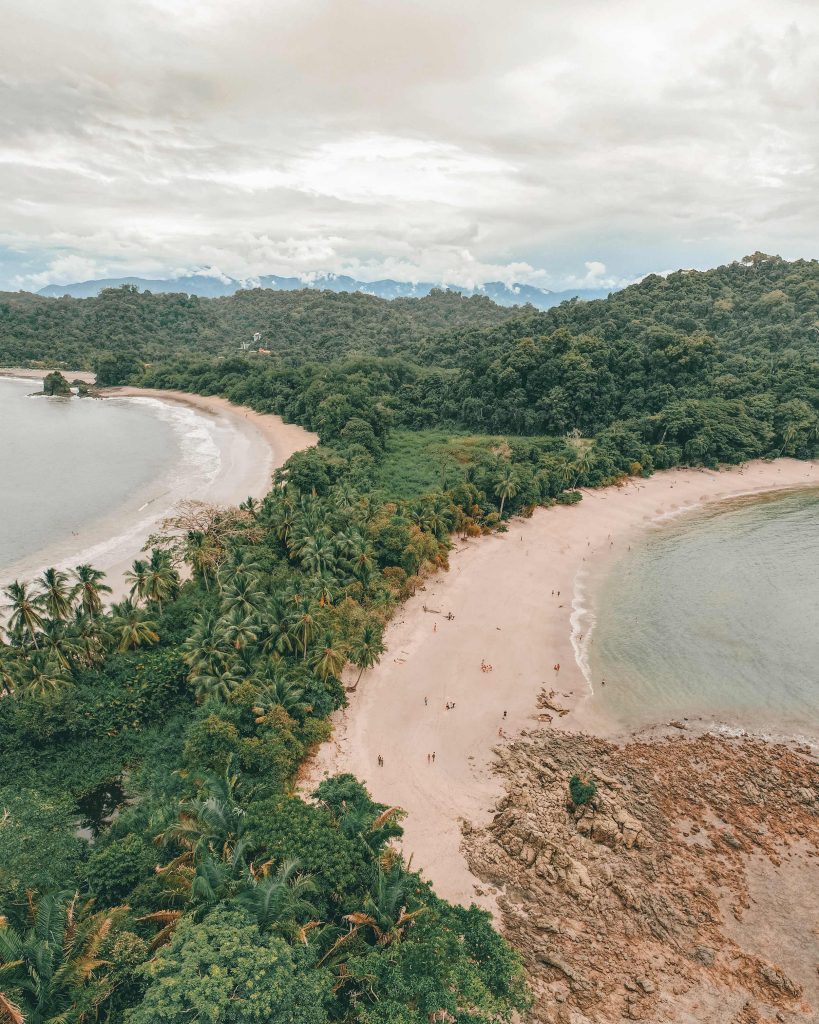
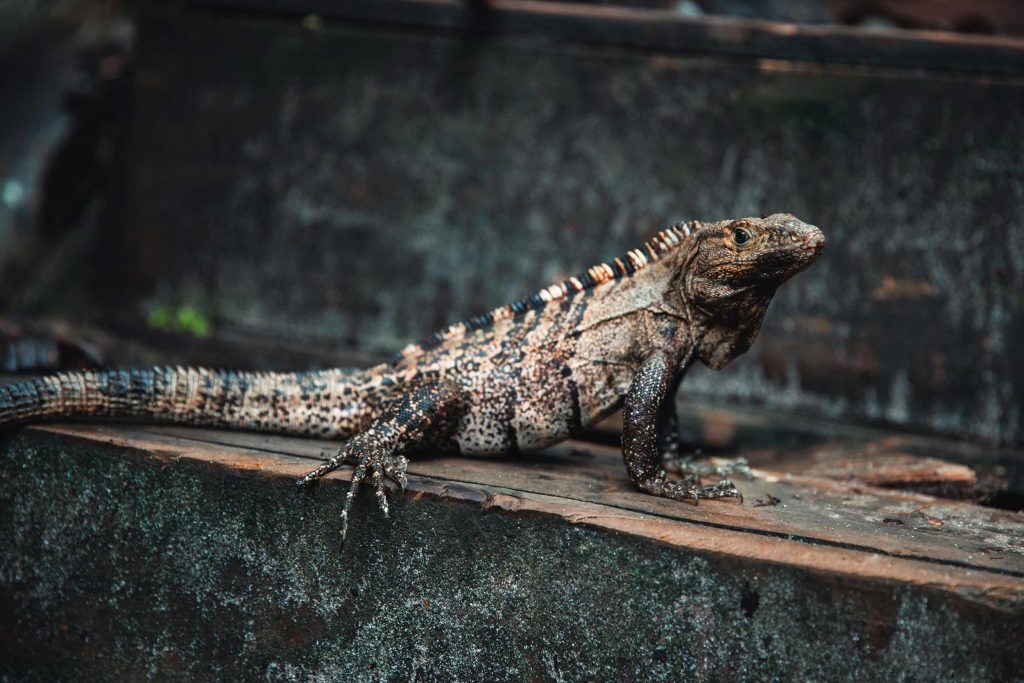
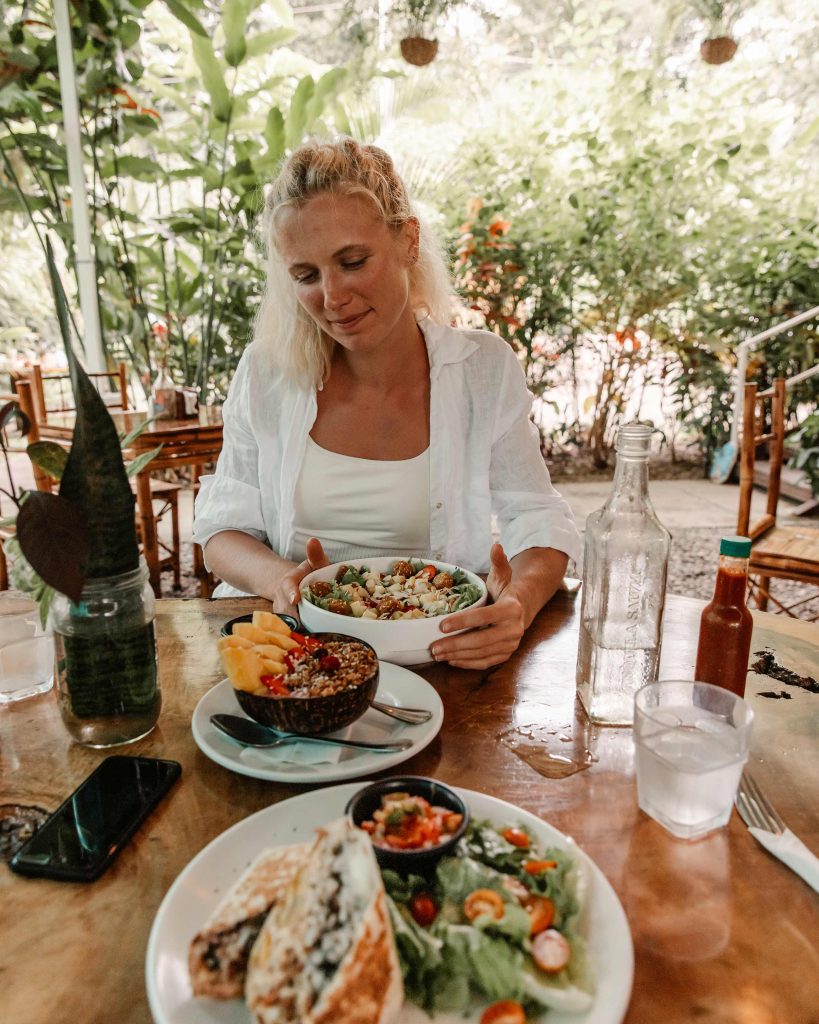

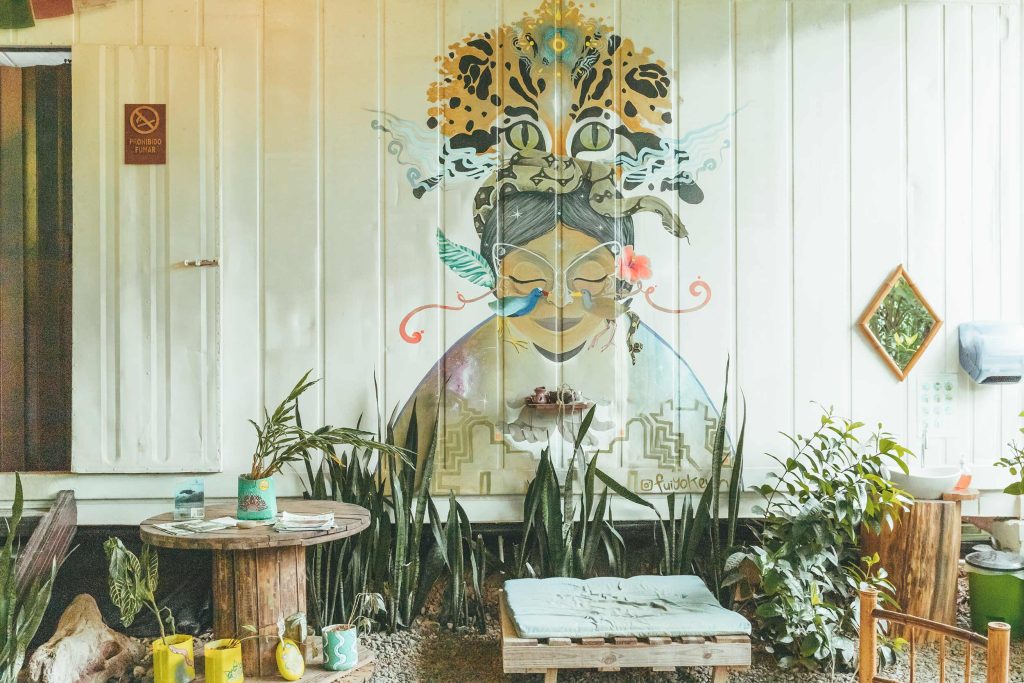
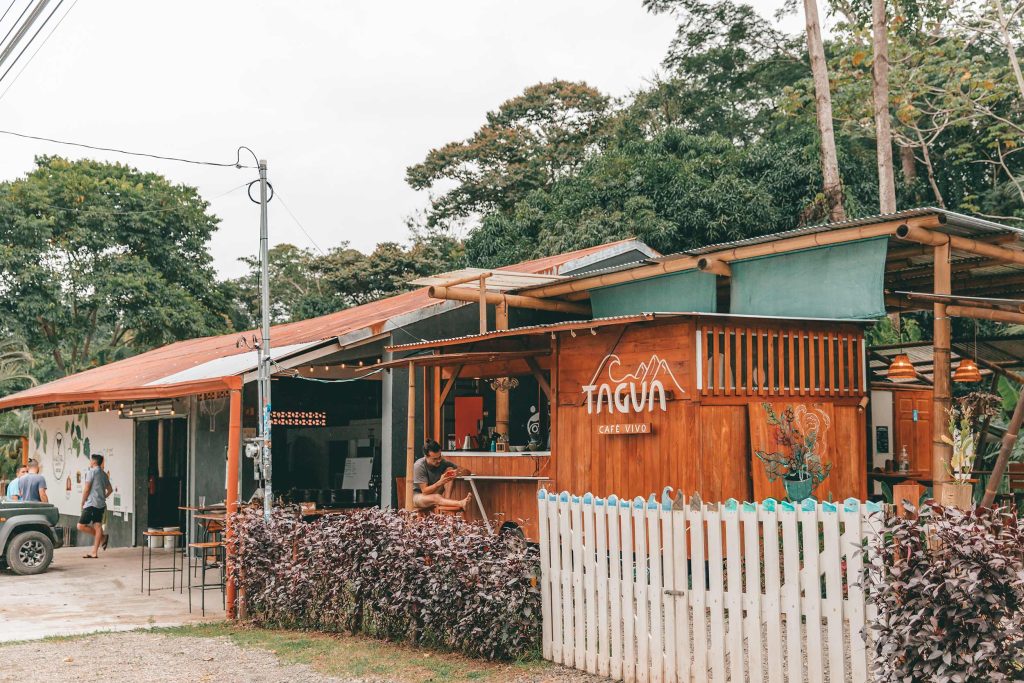
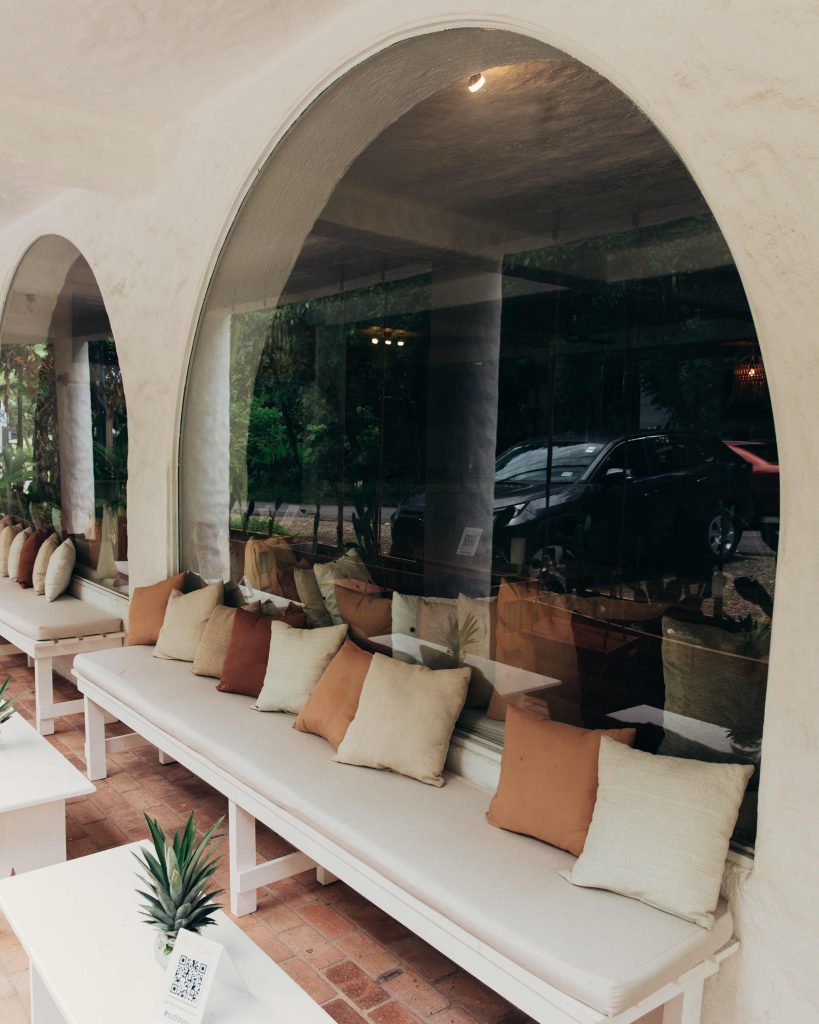
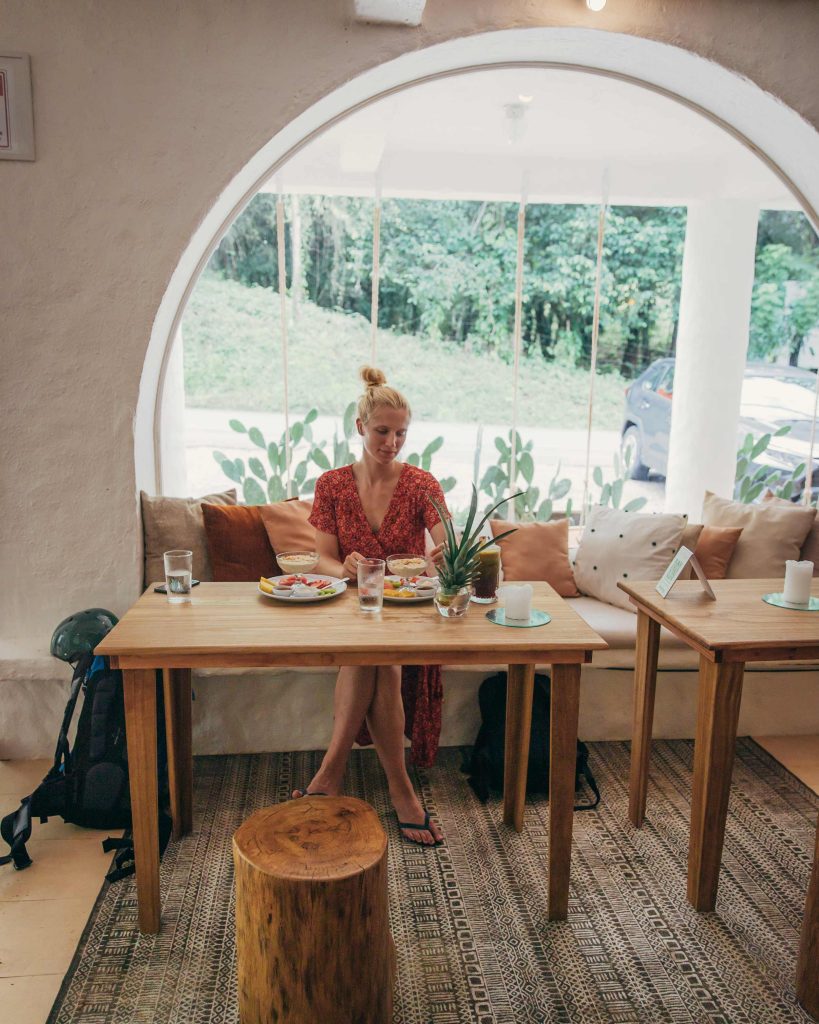
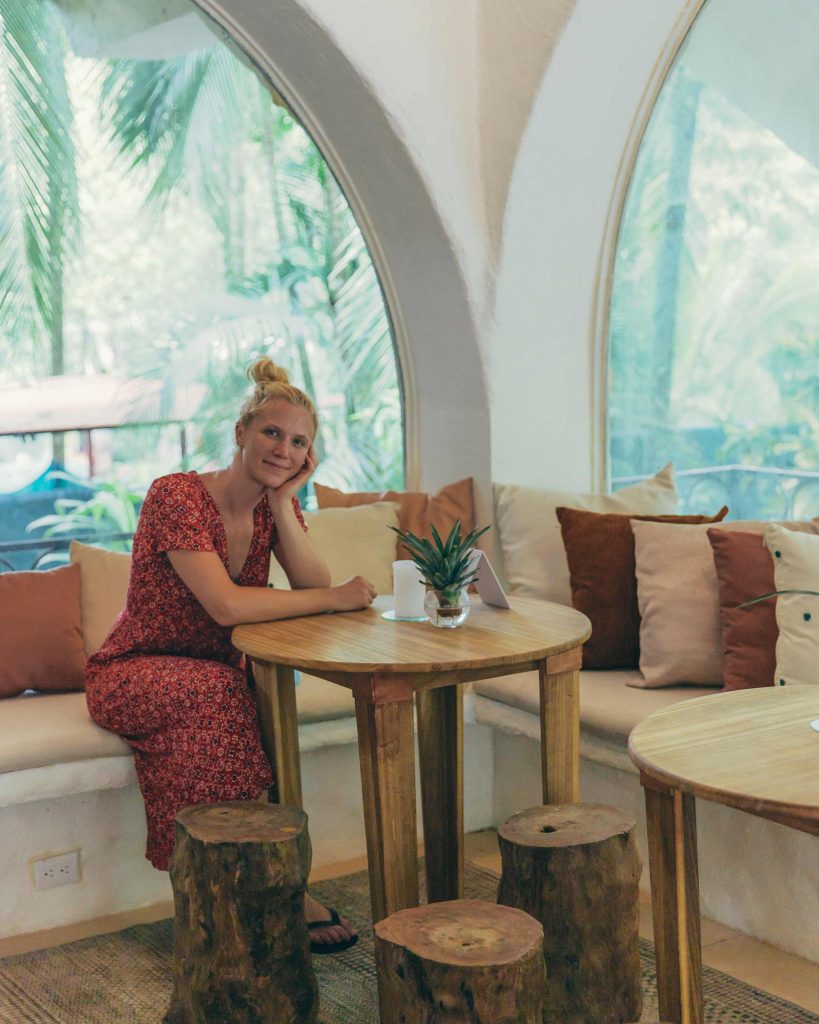
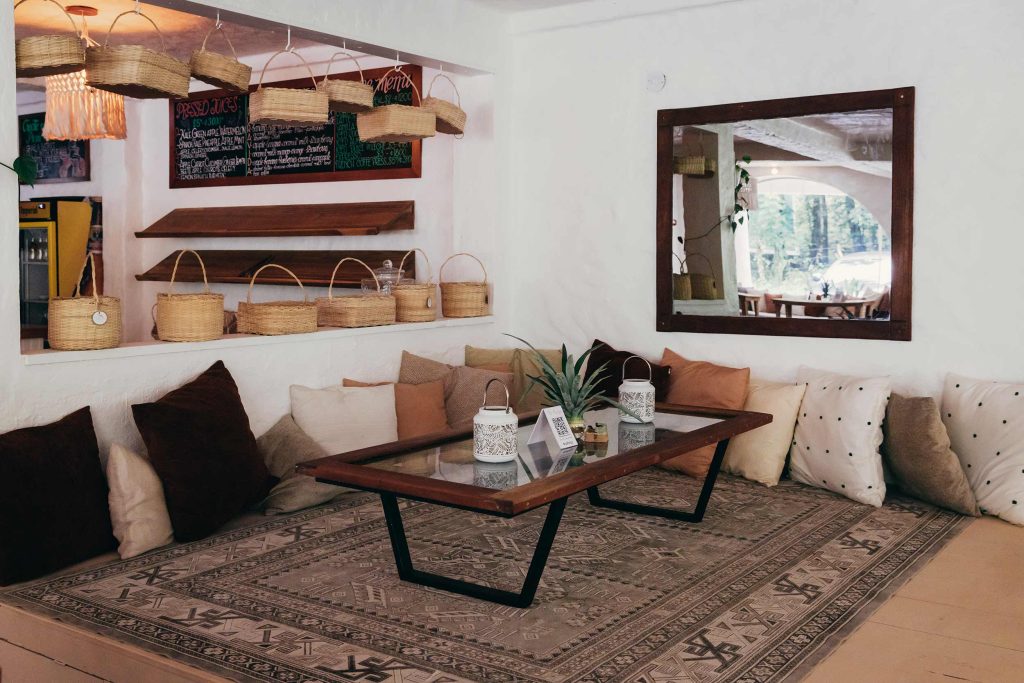
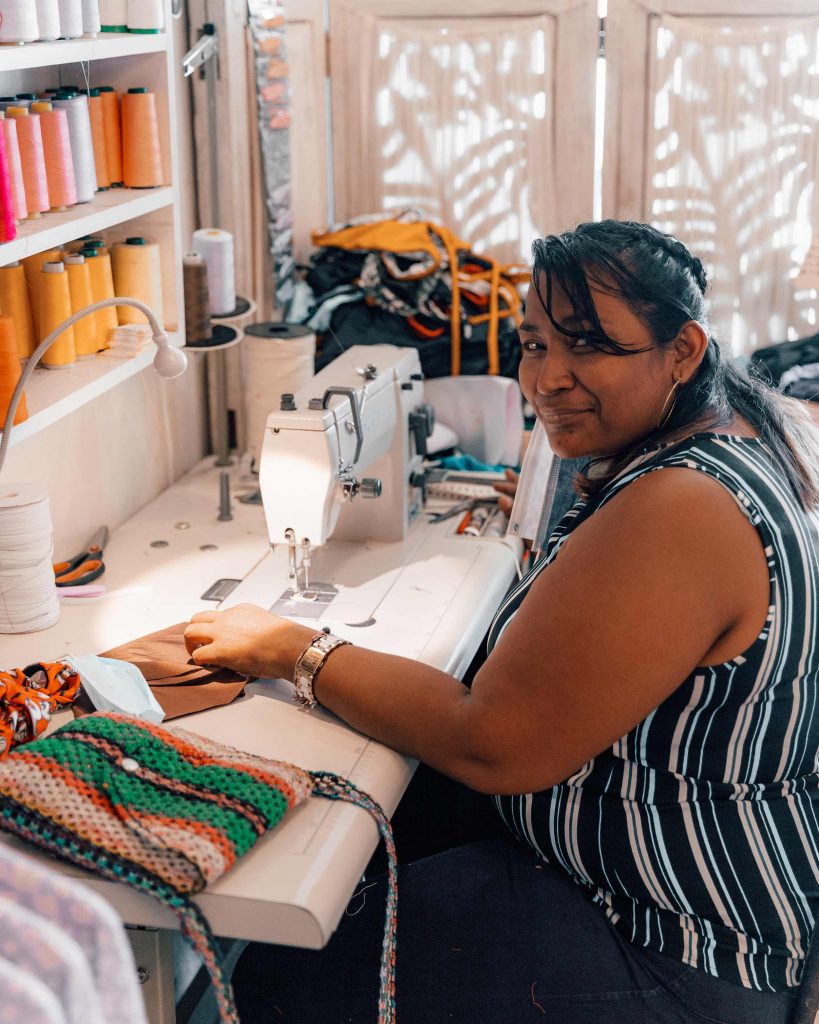
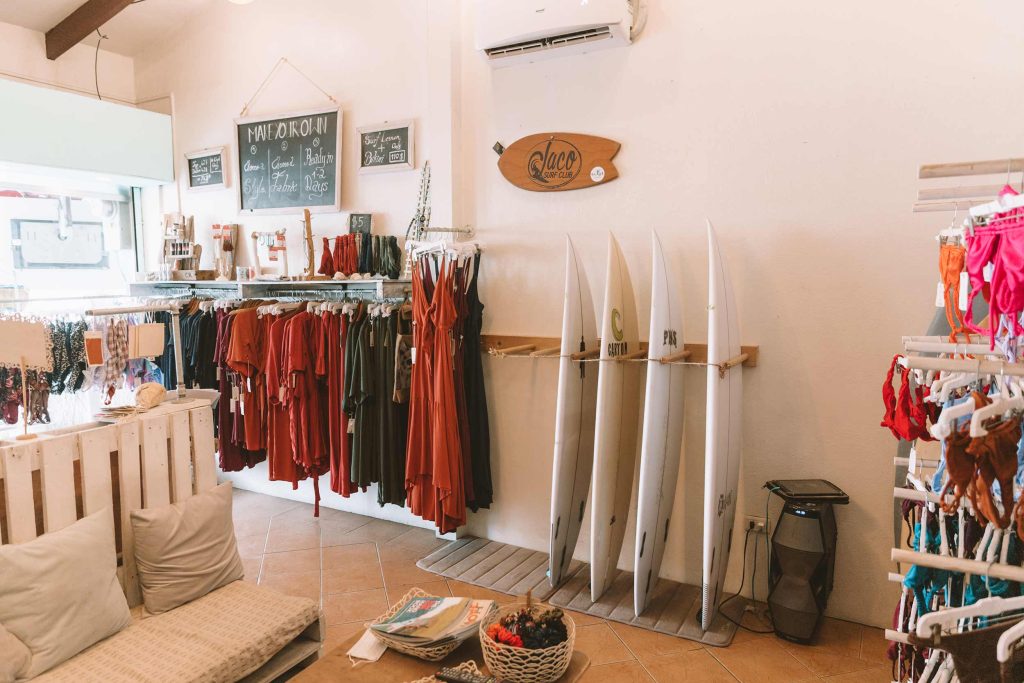

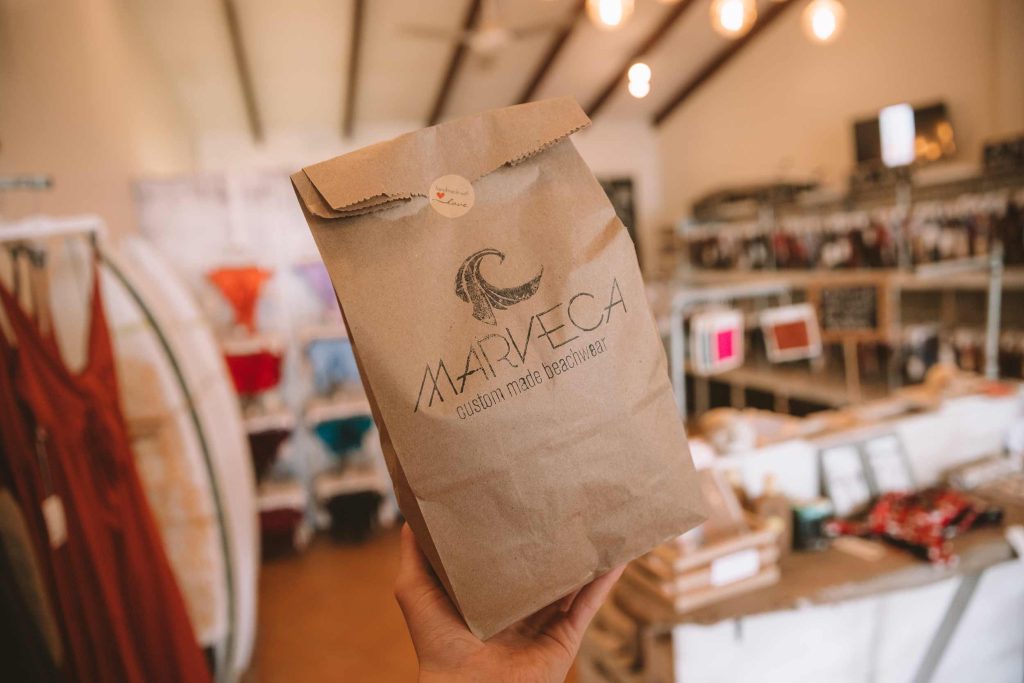

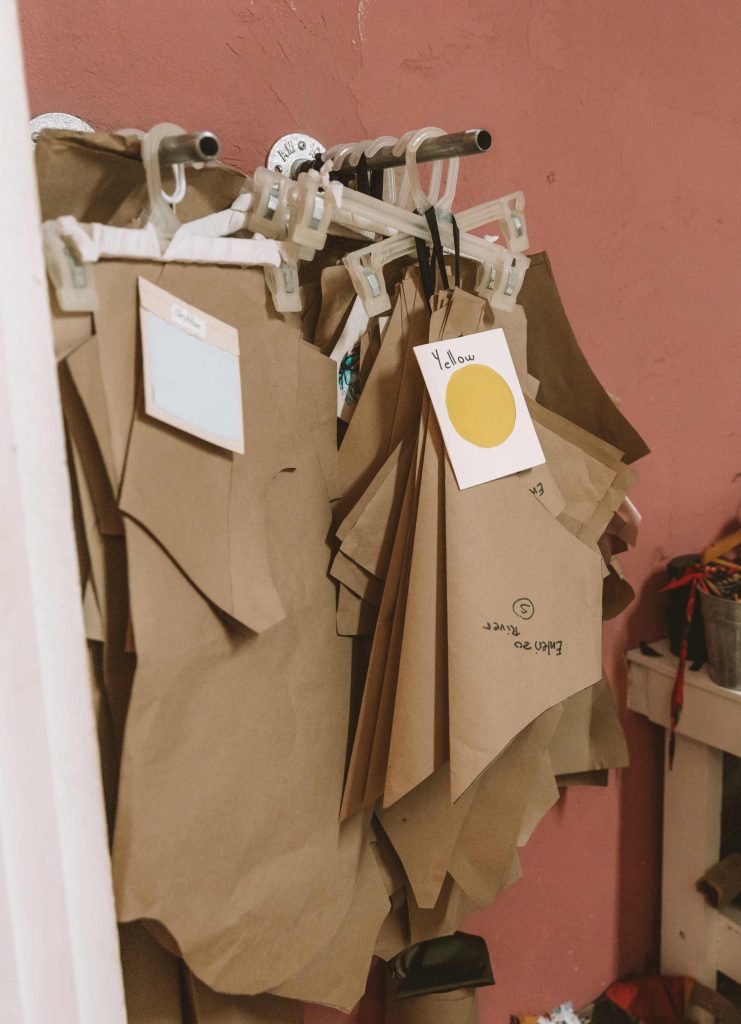
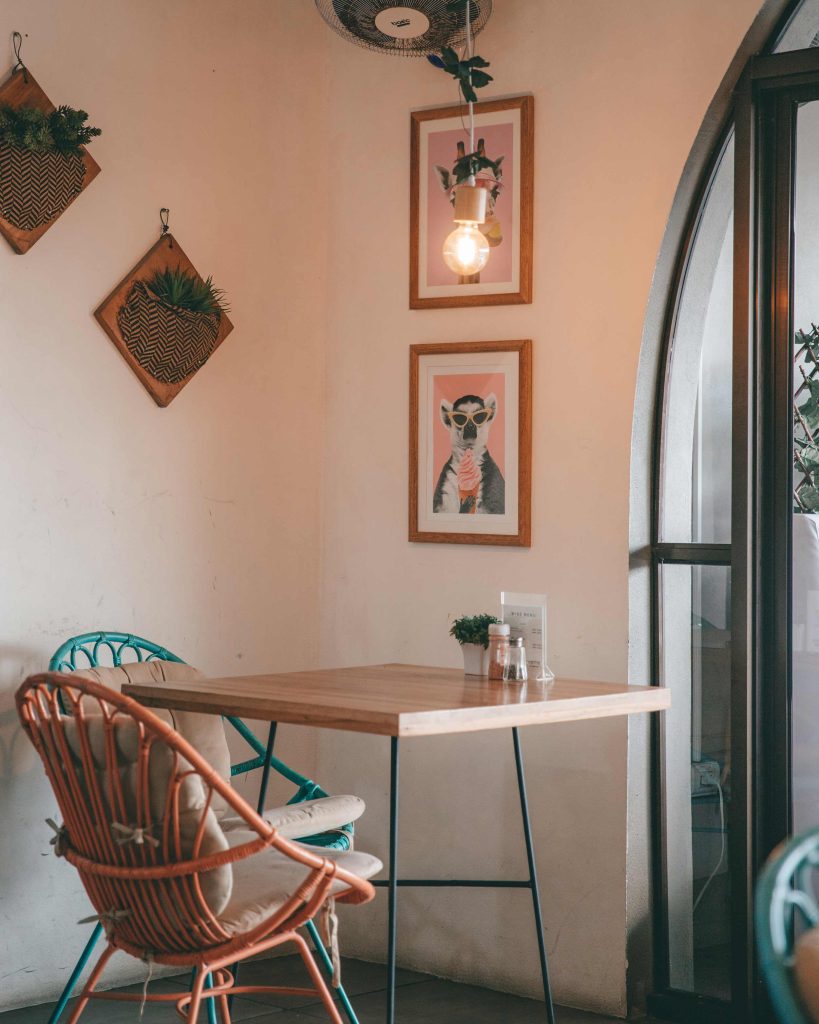
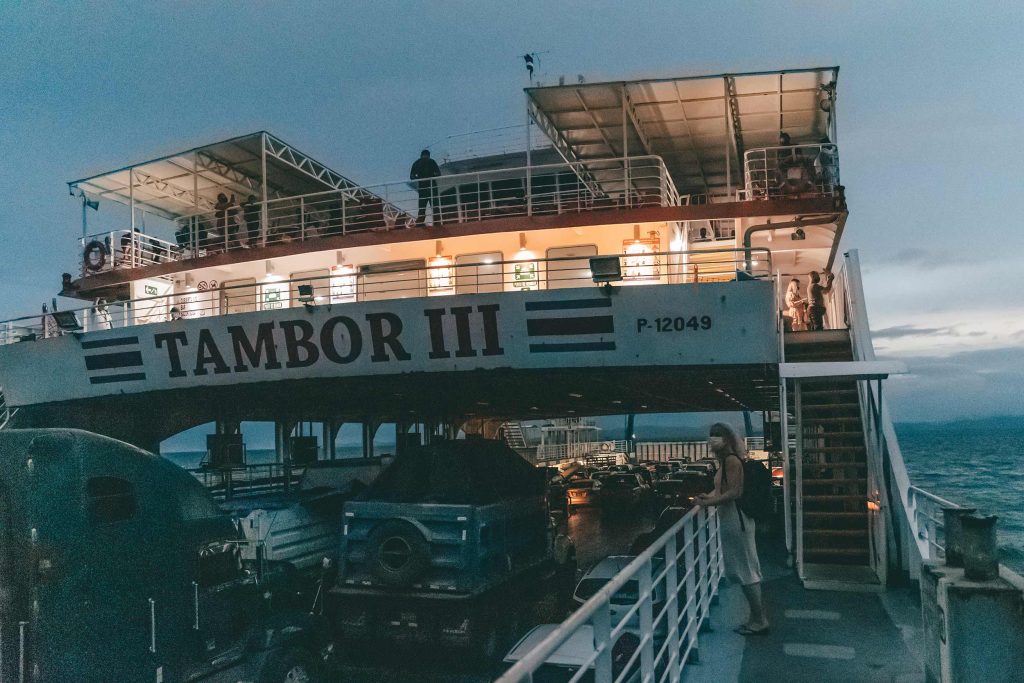
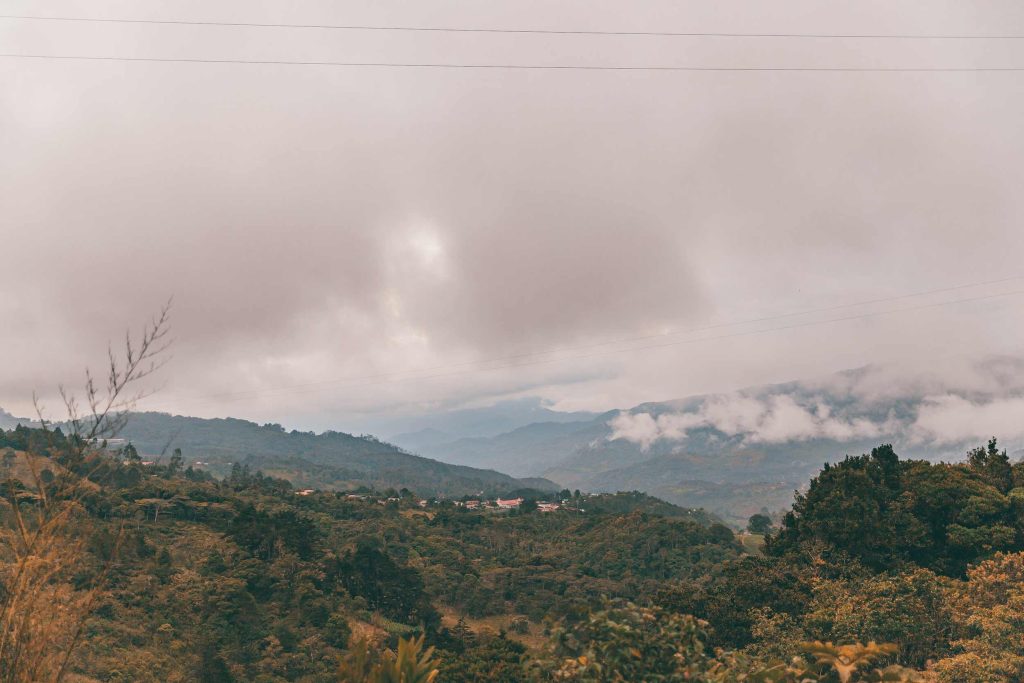
[…] ↠ Read more: “Explore the Pacific Coastline of Costa Rica!“ […]